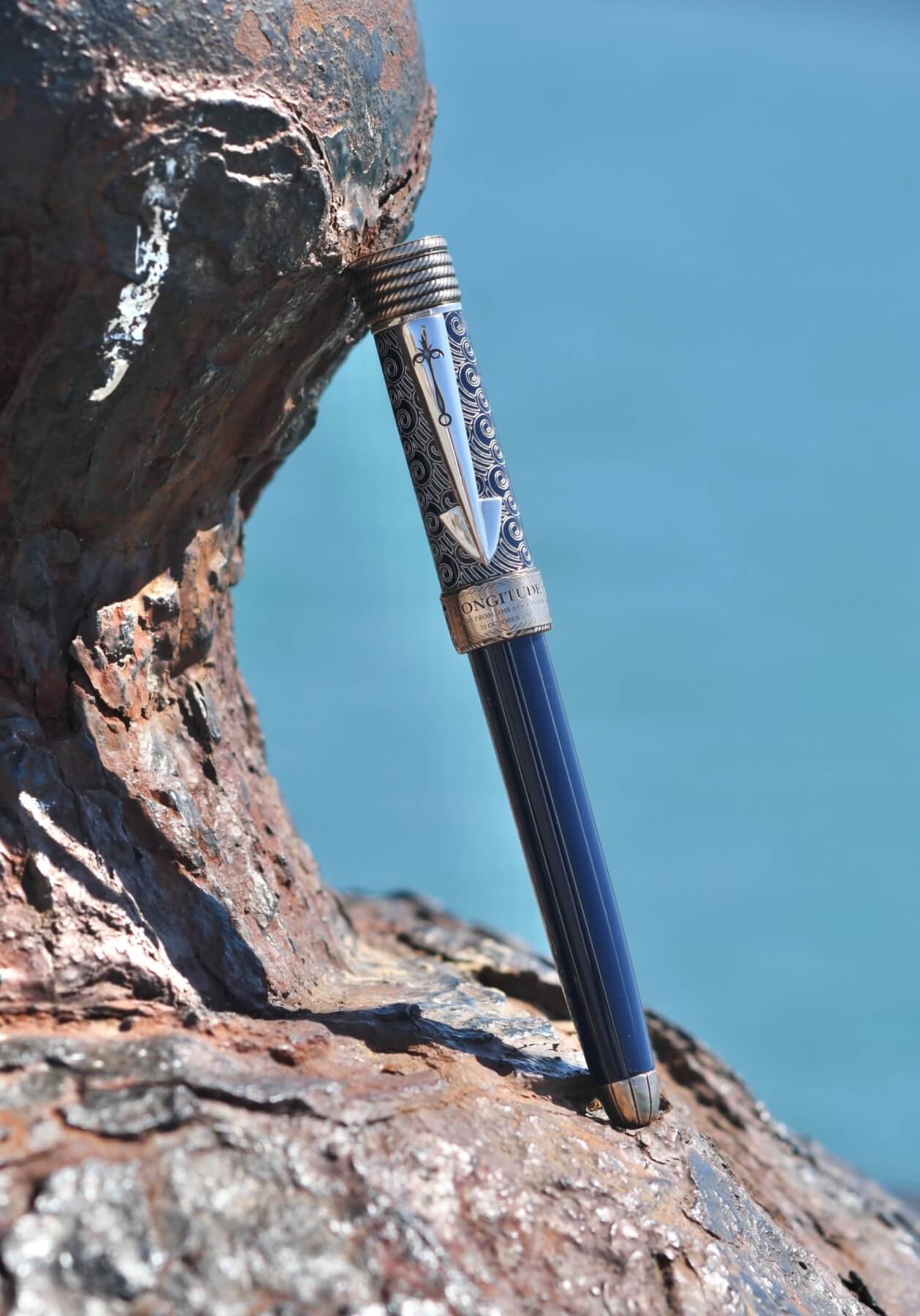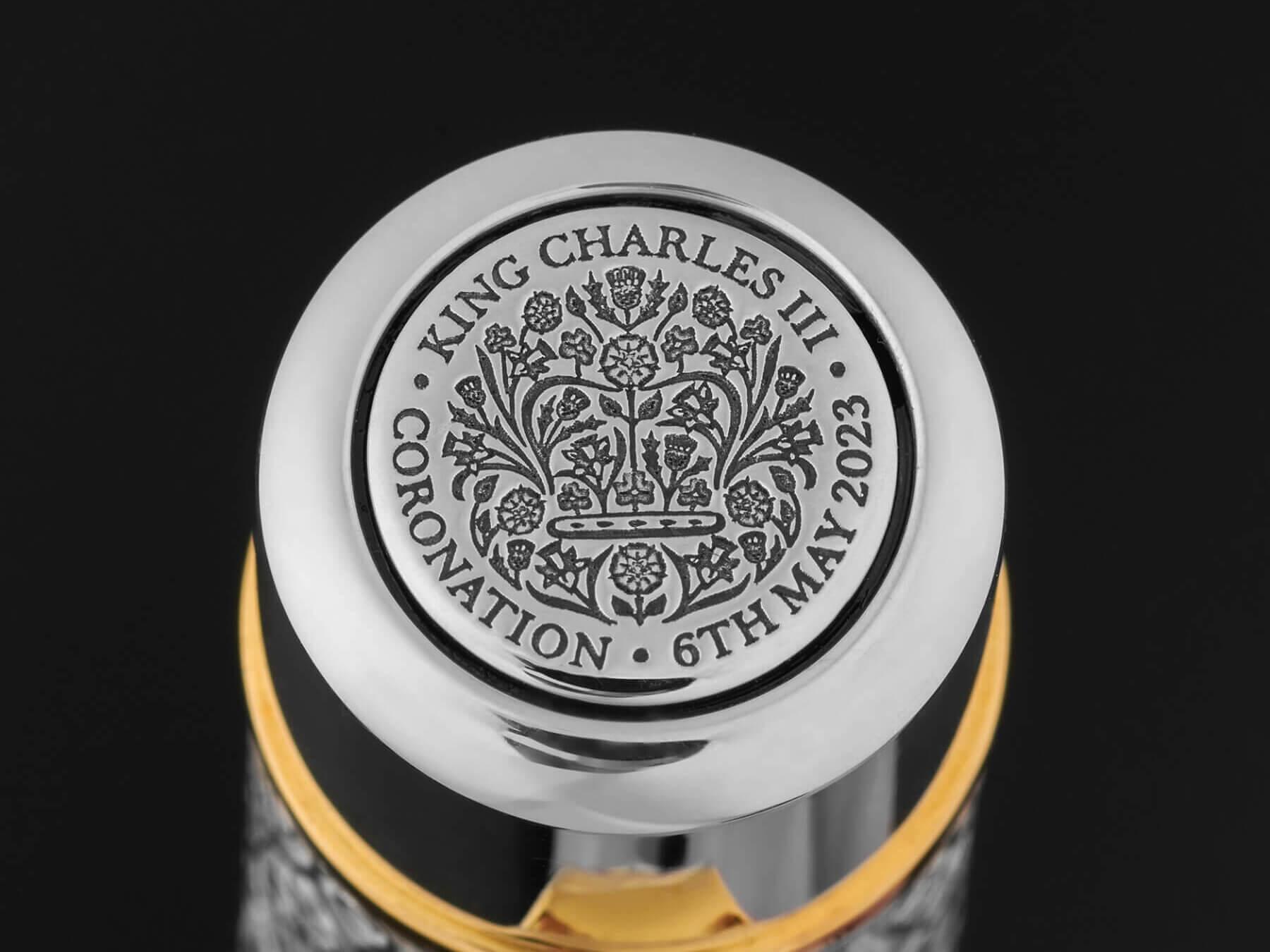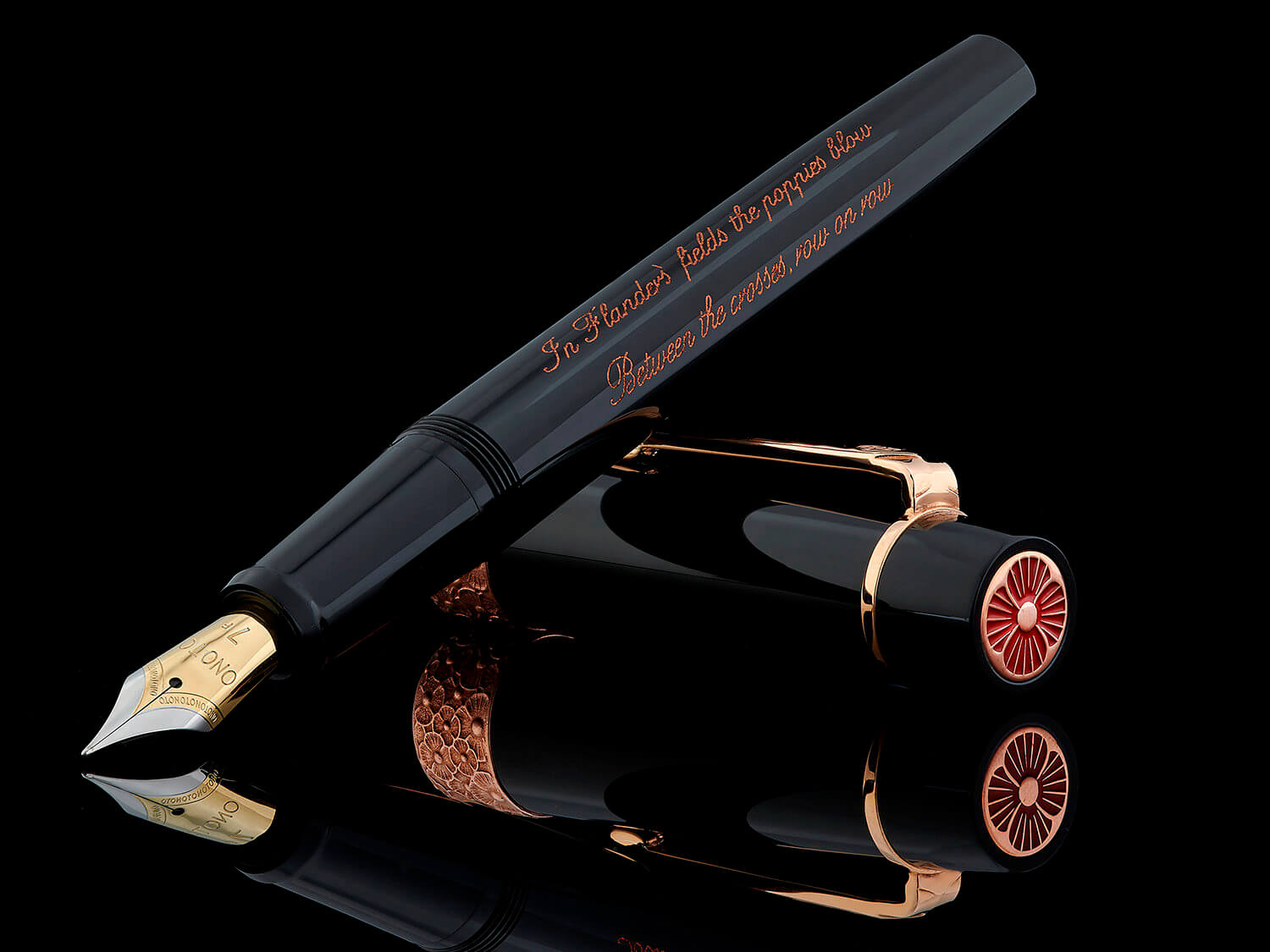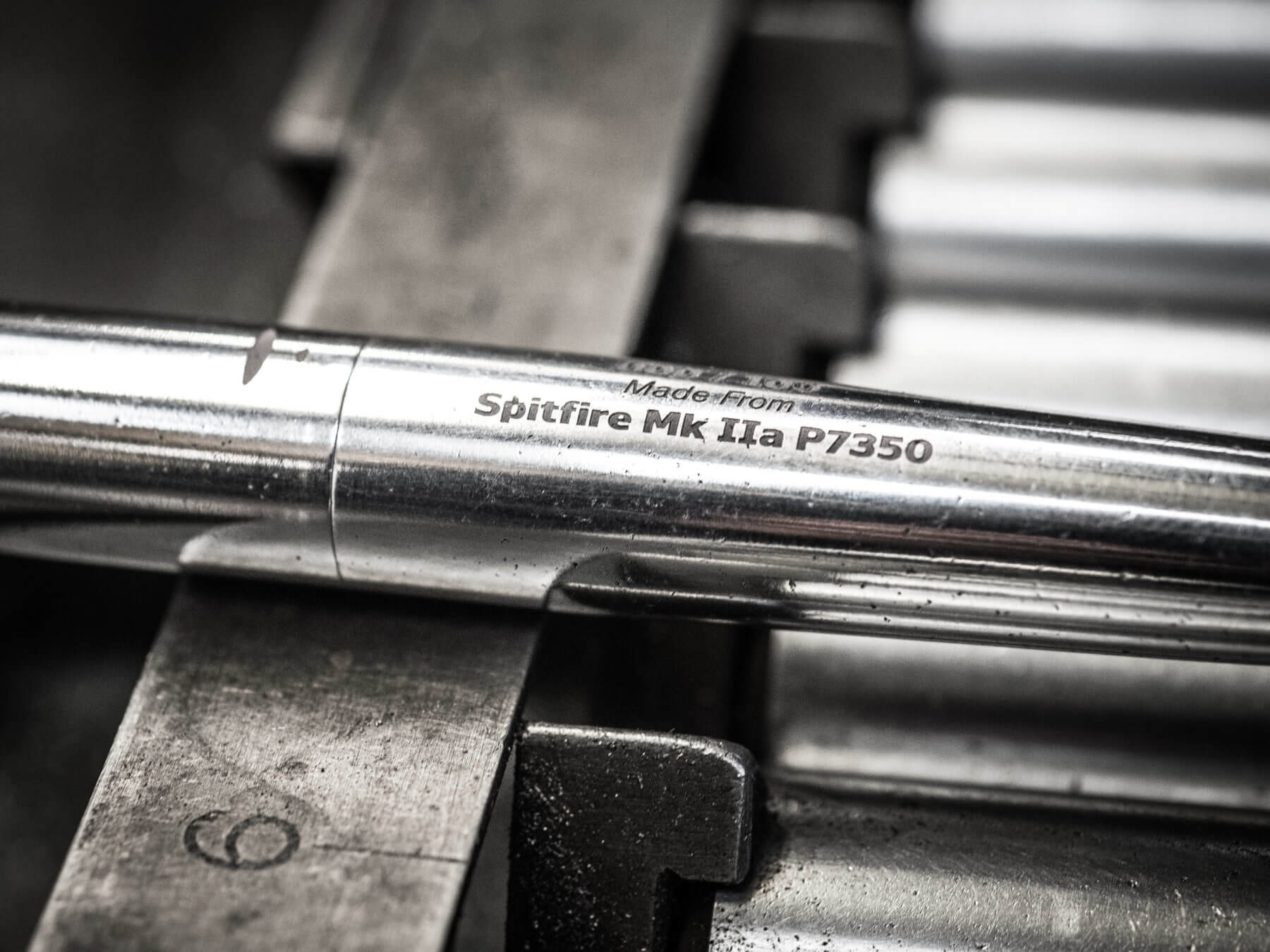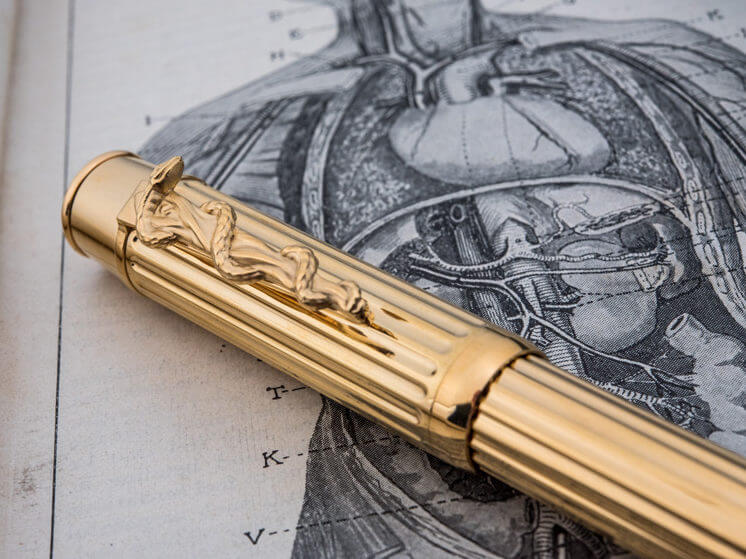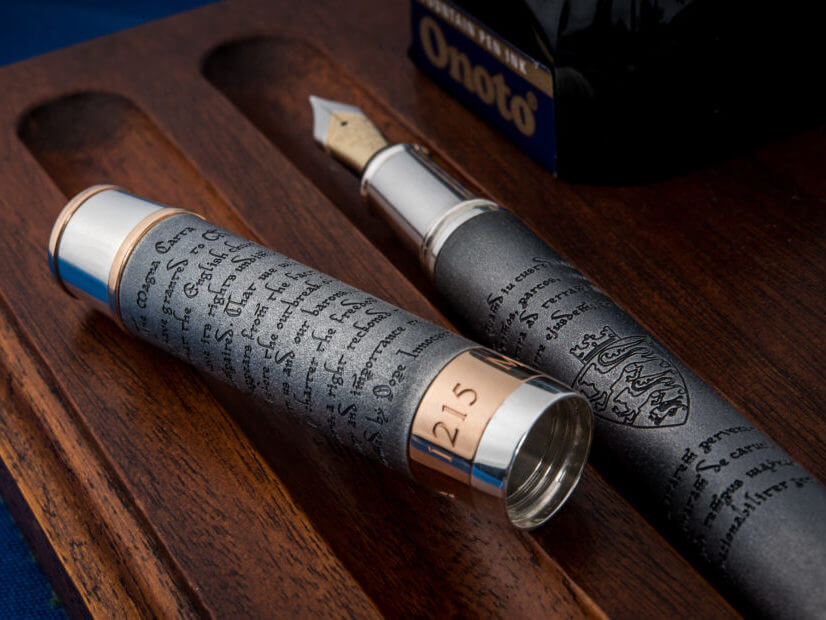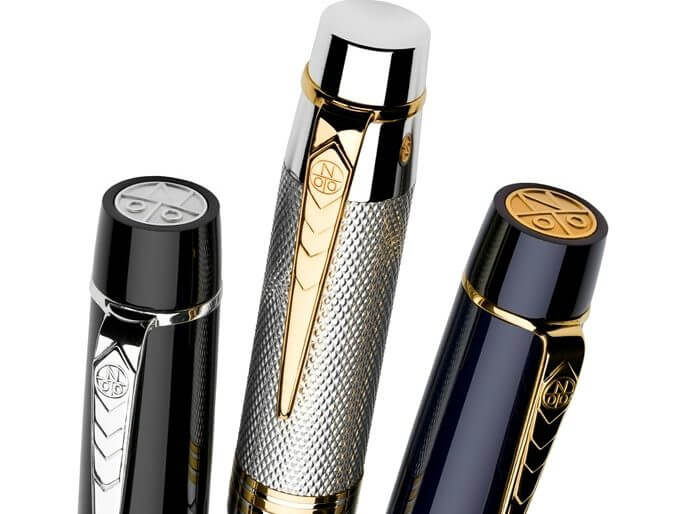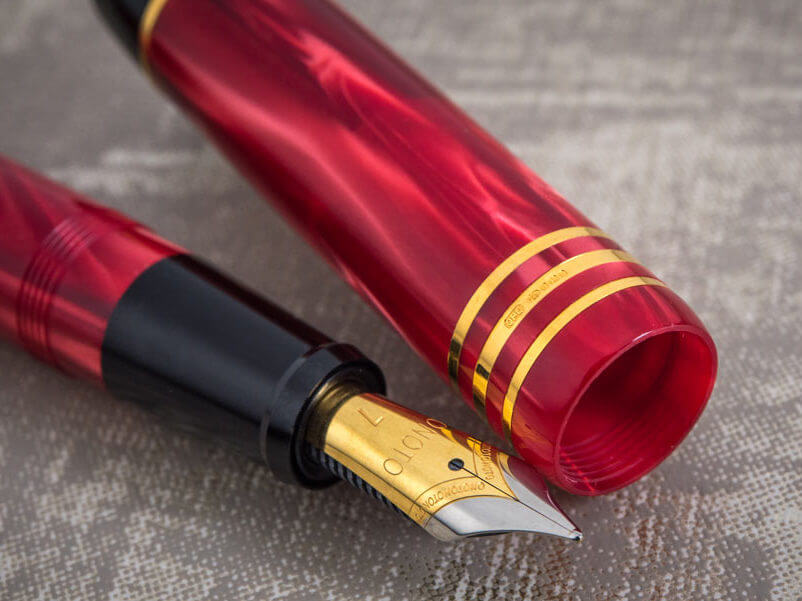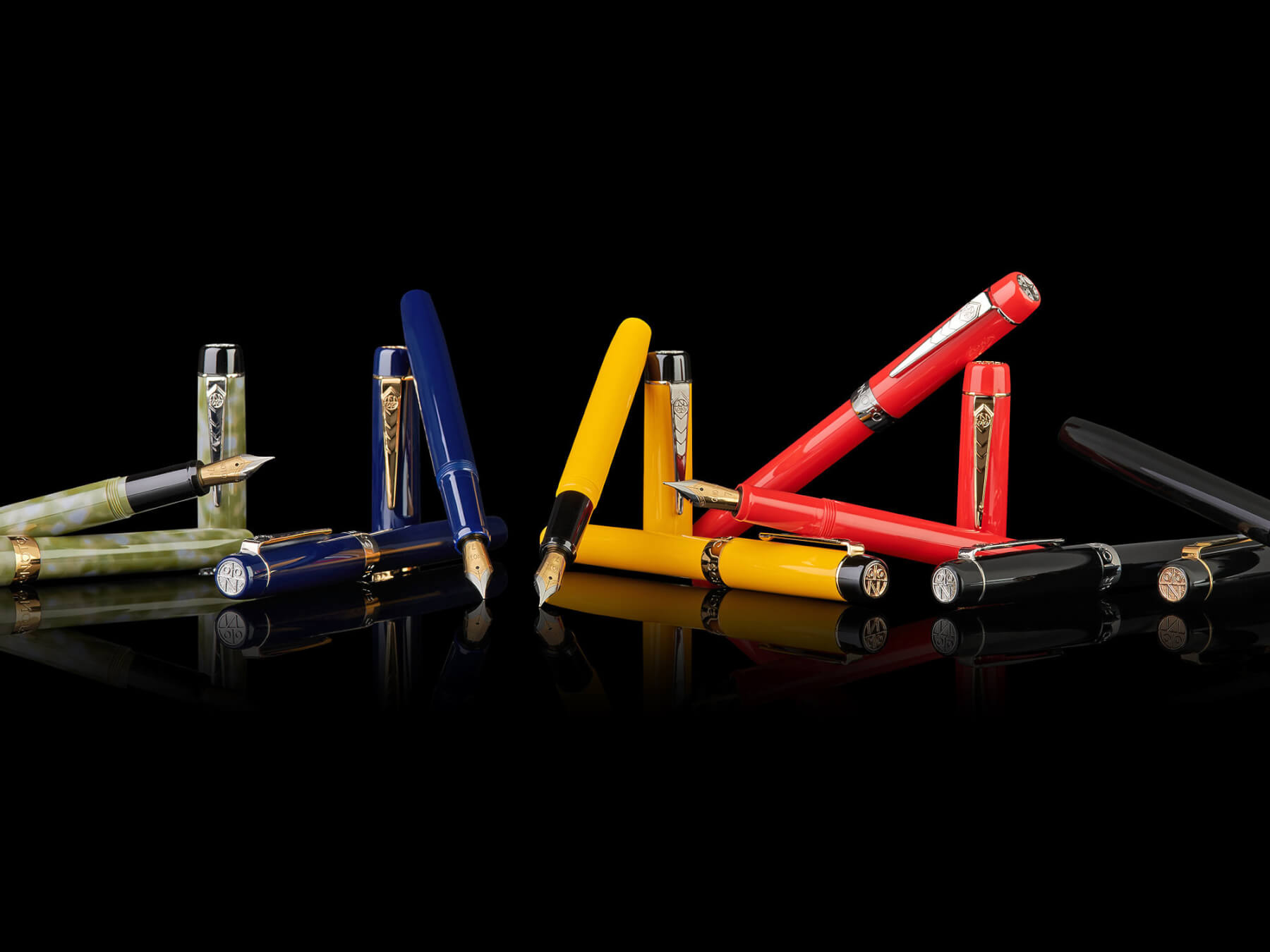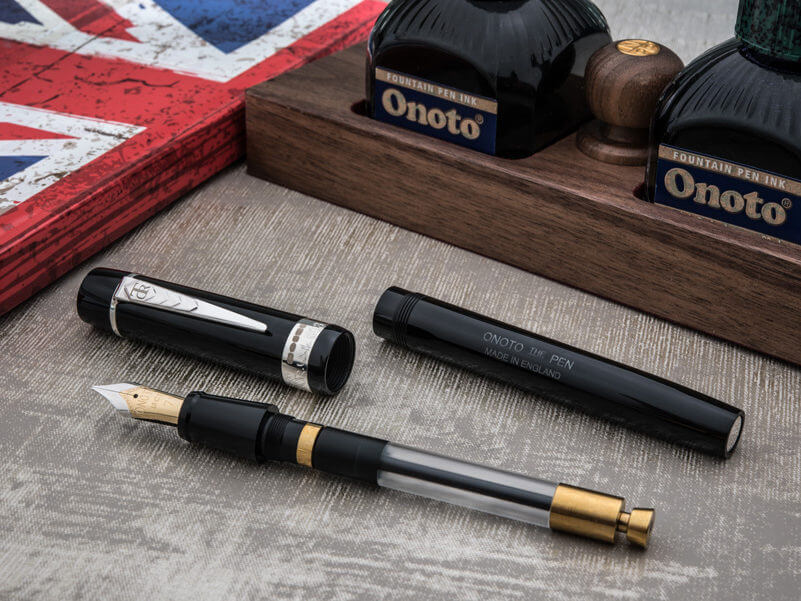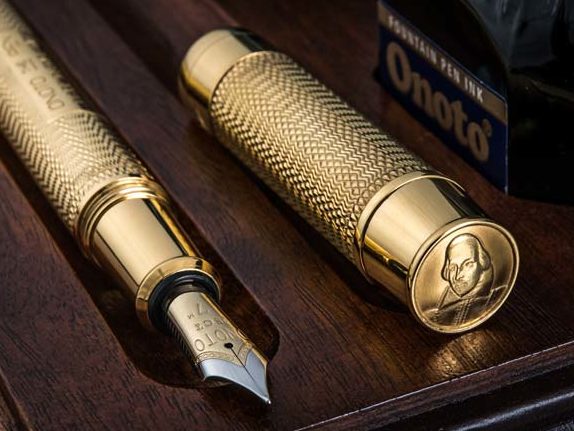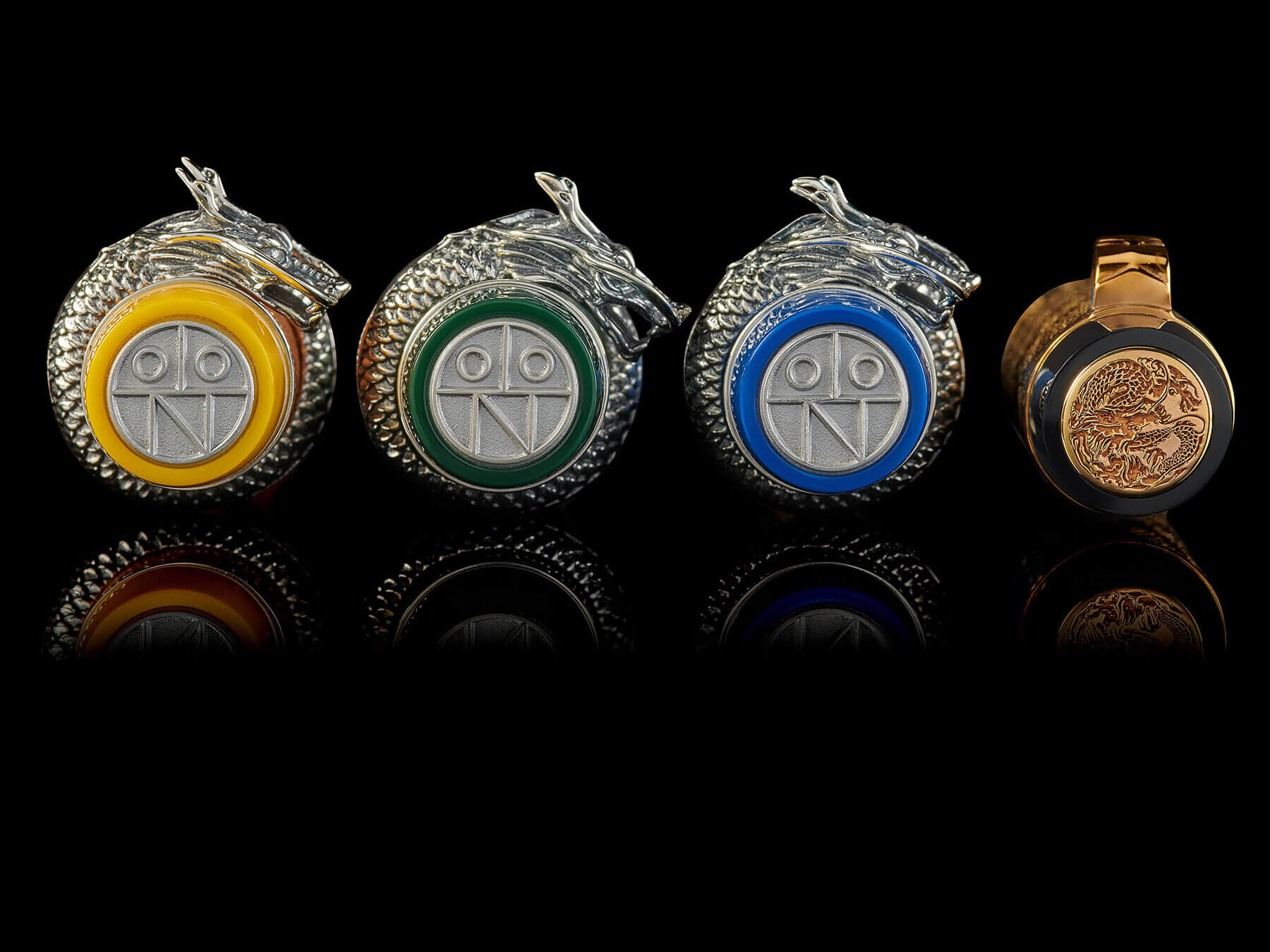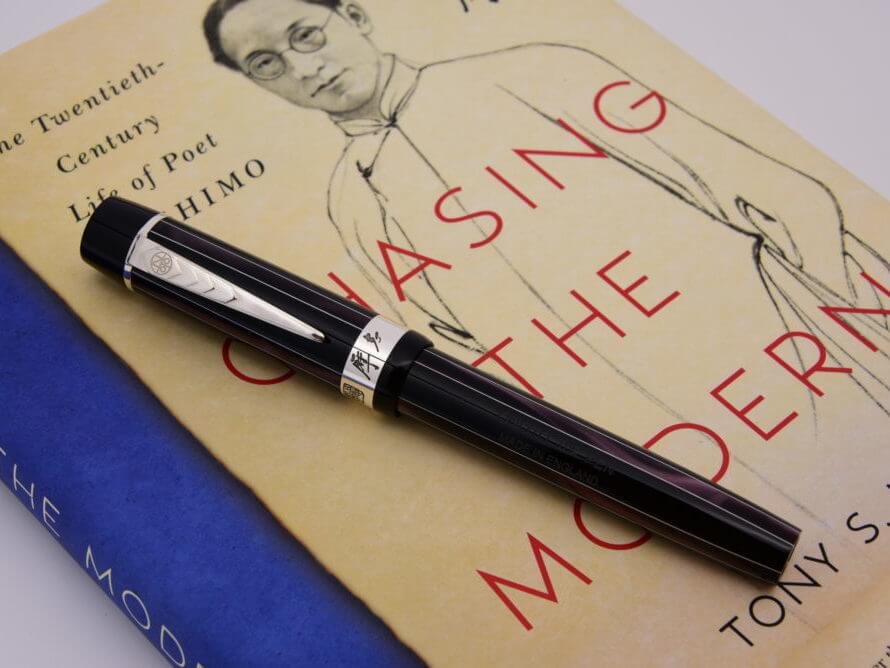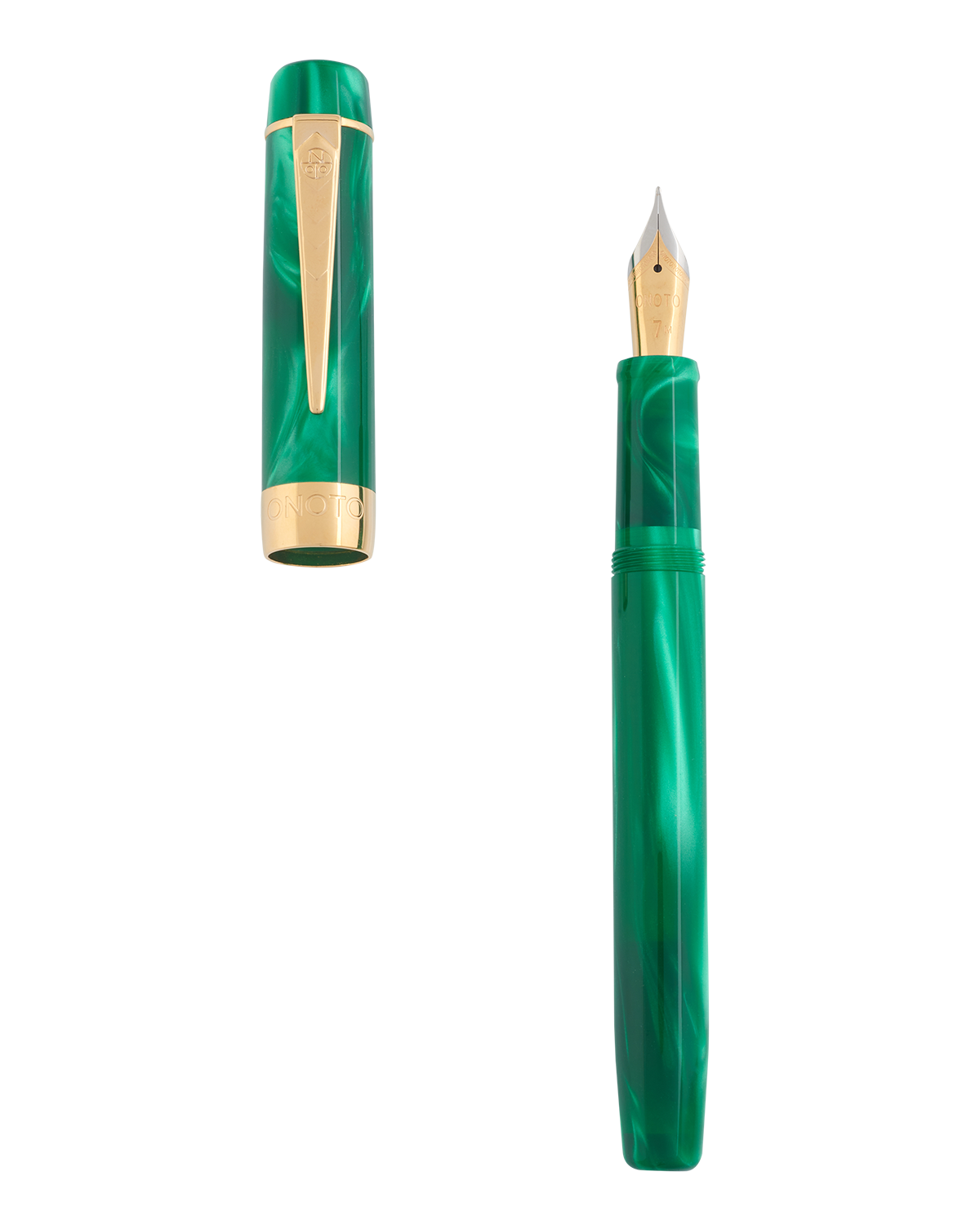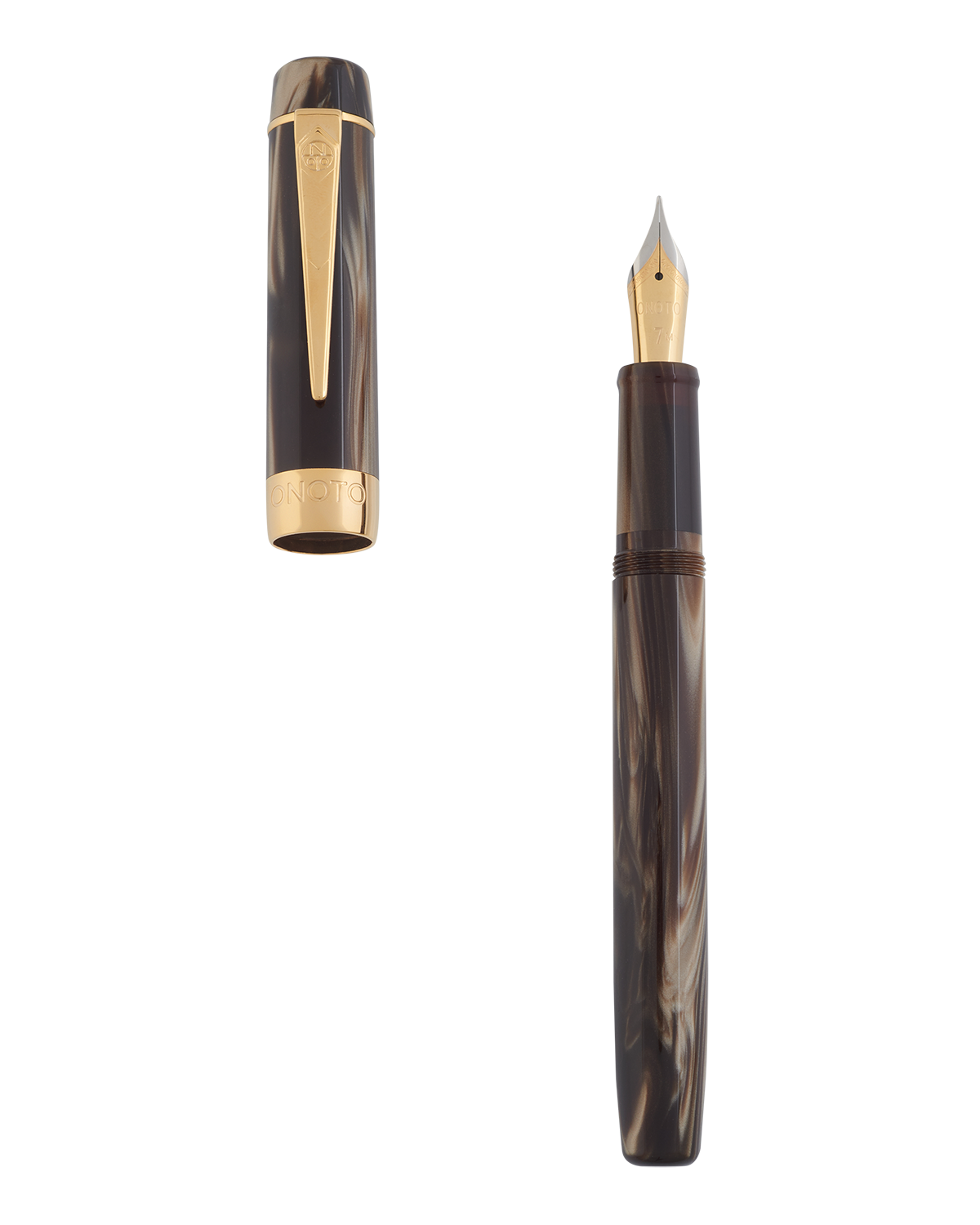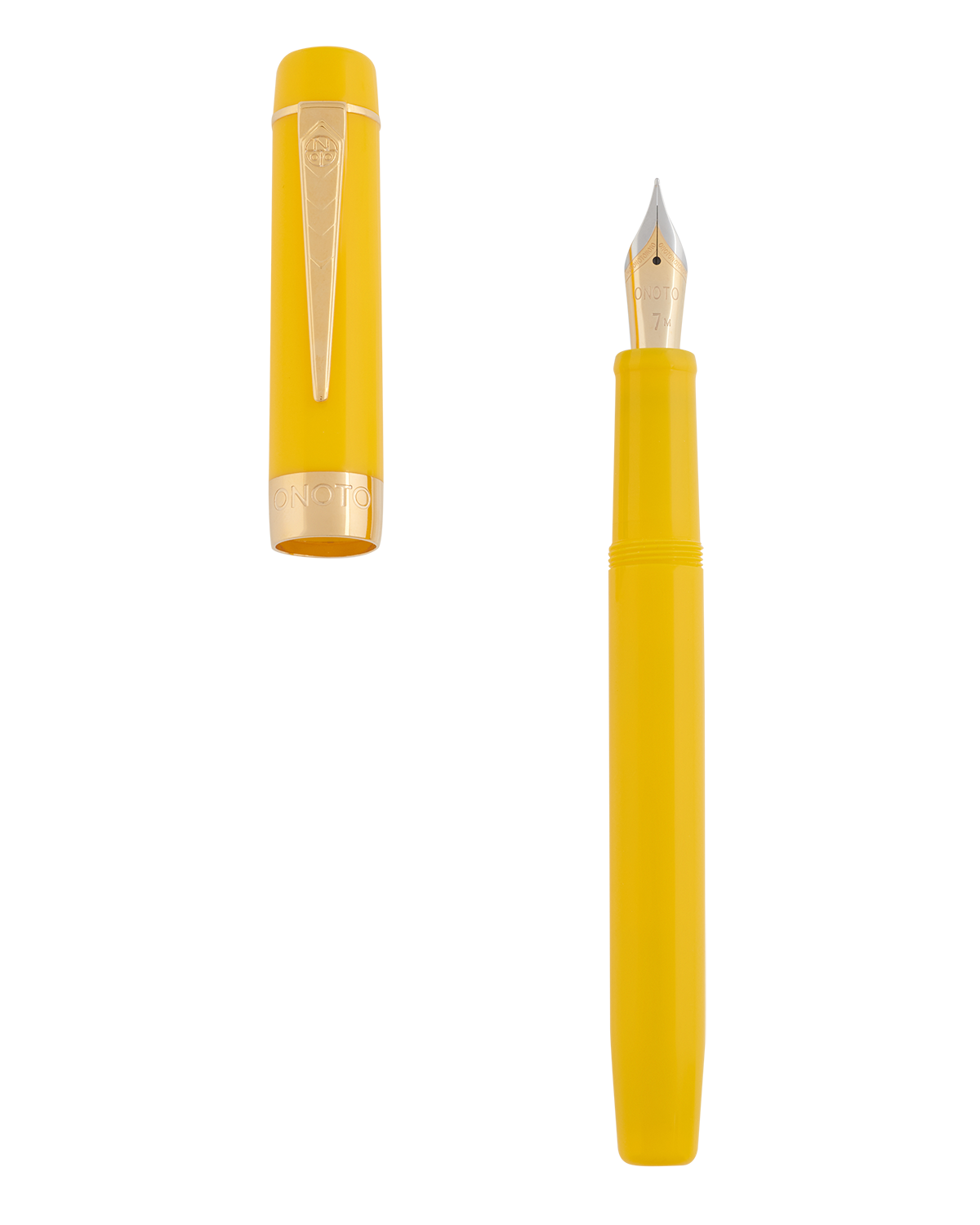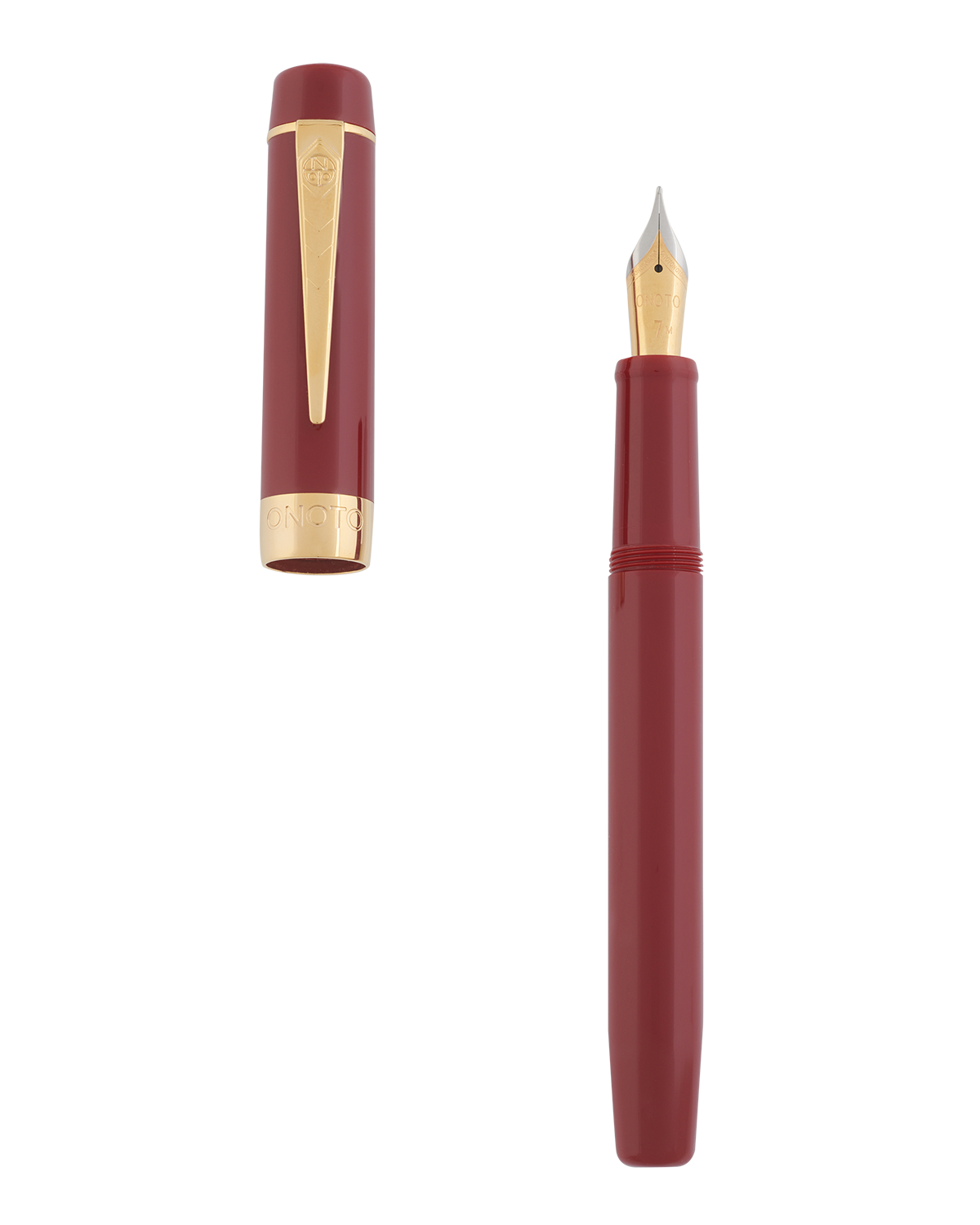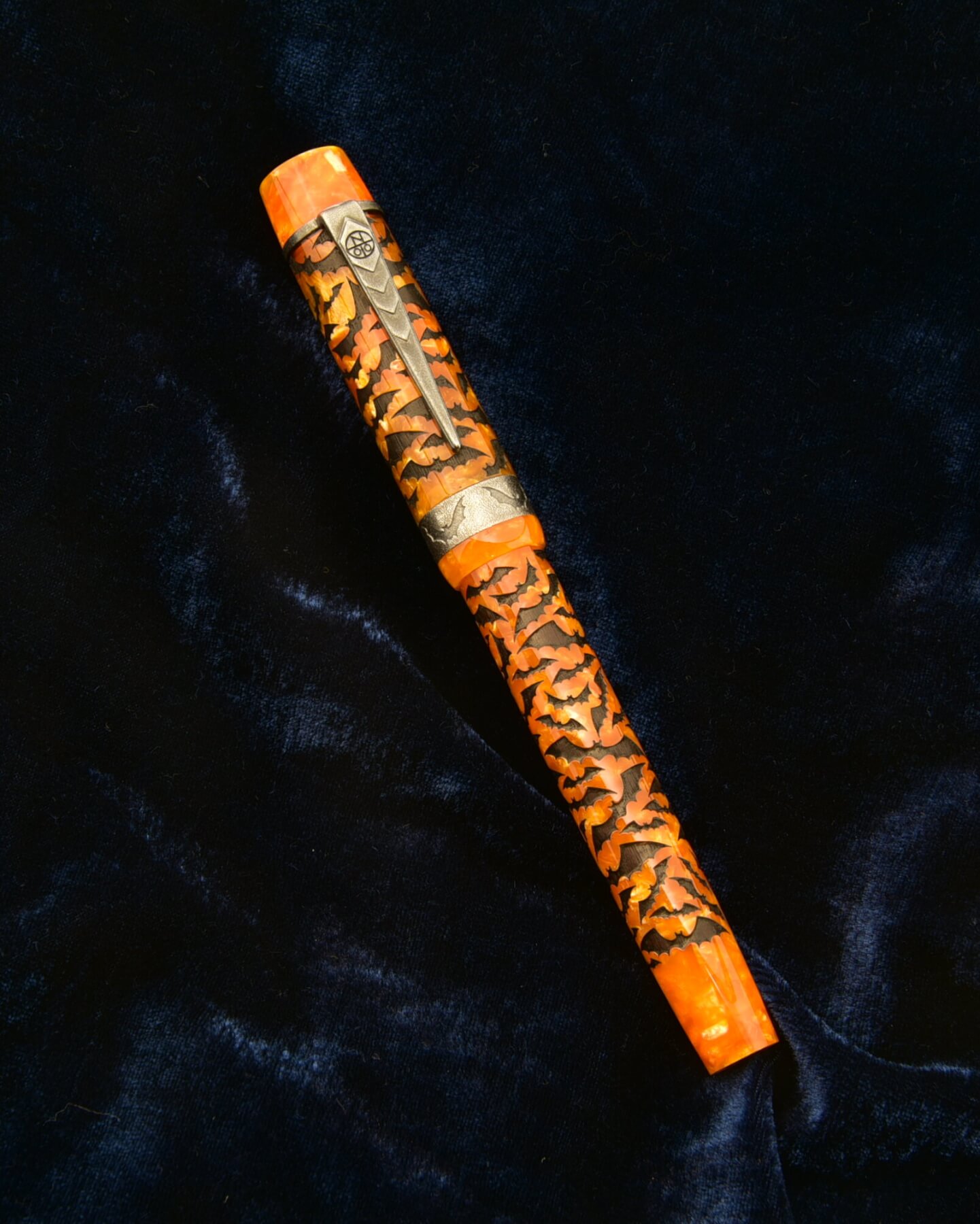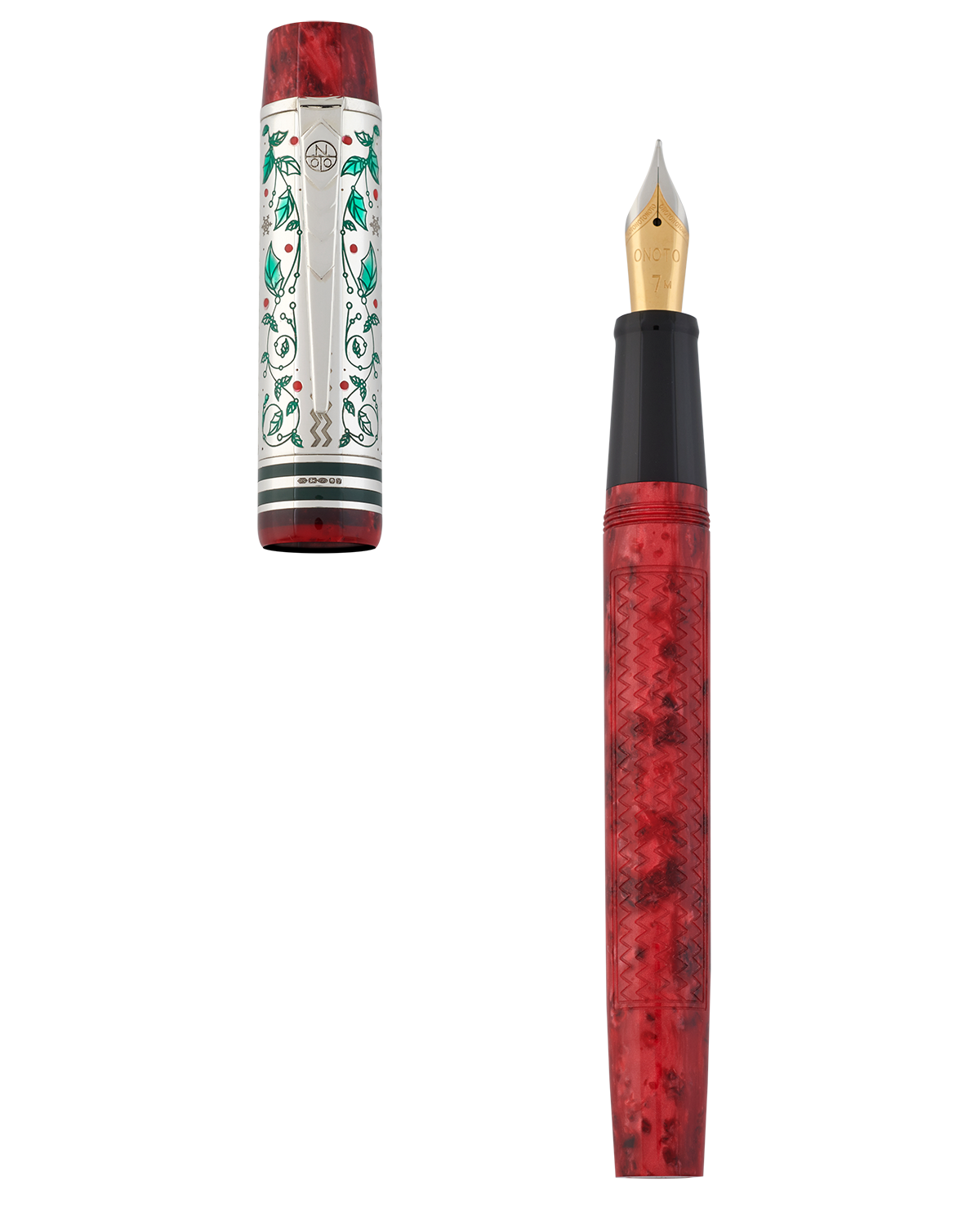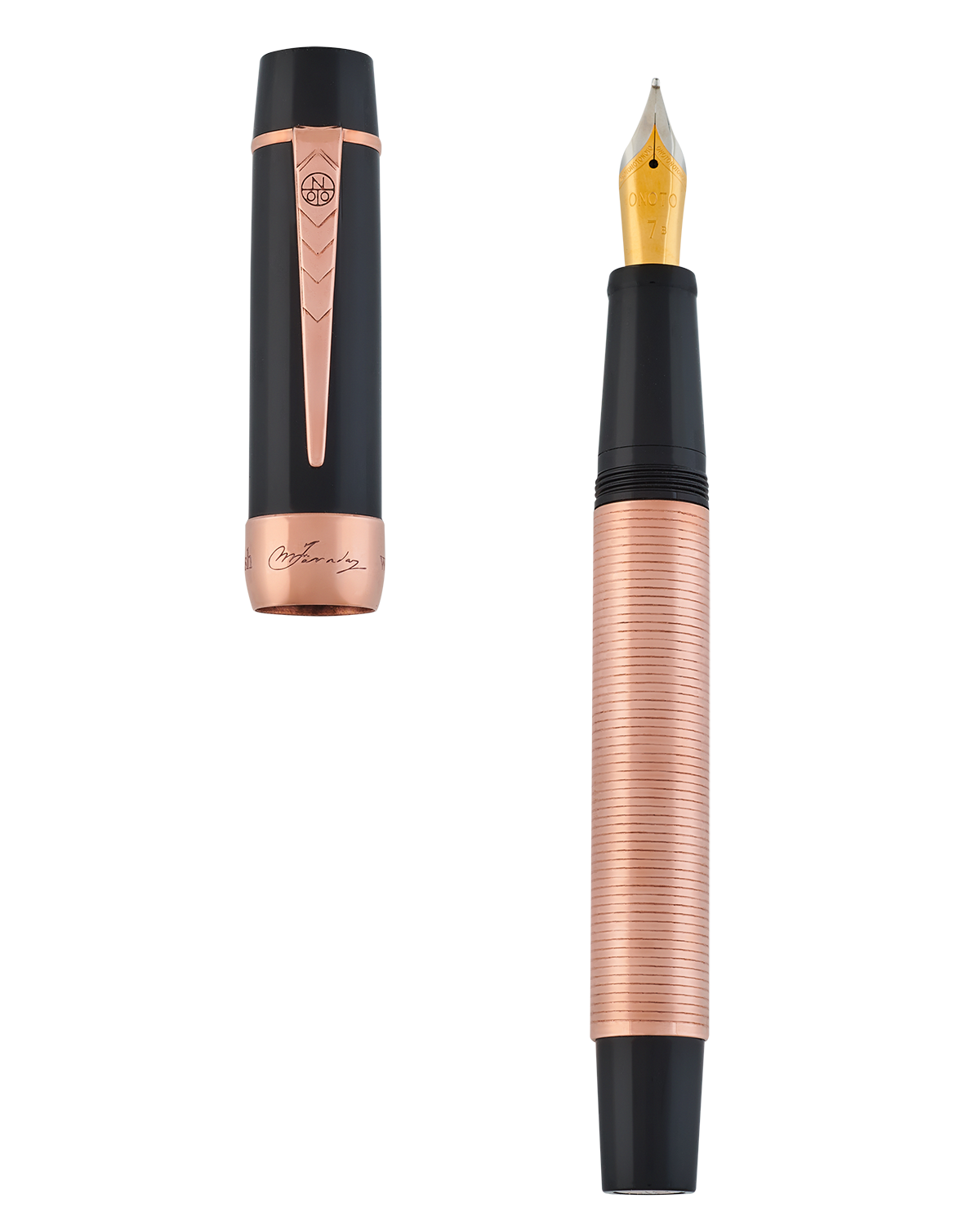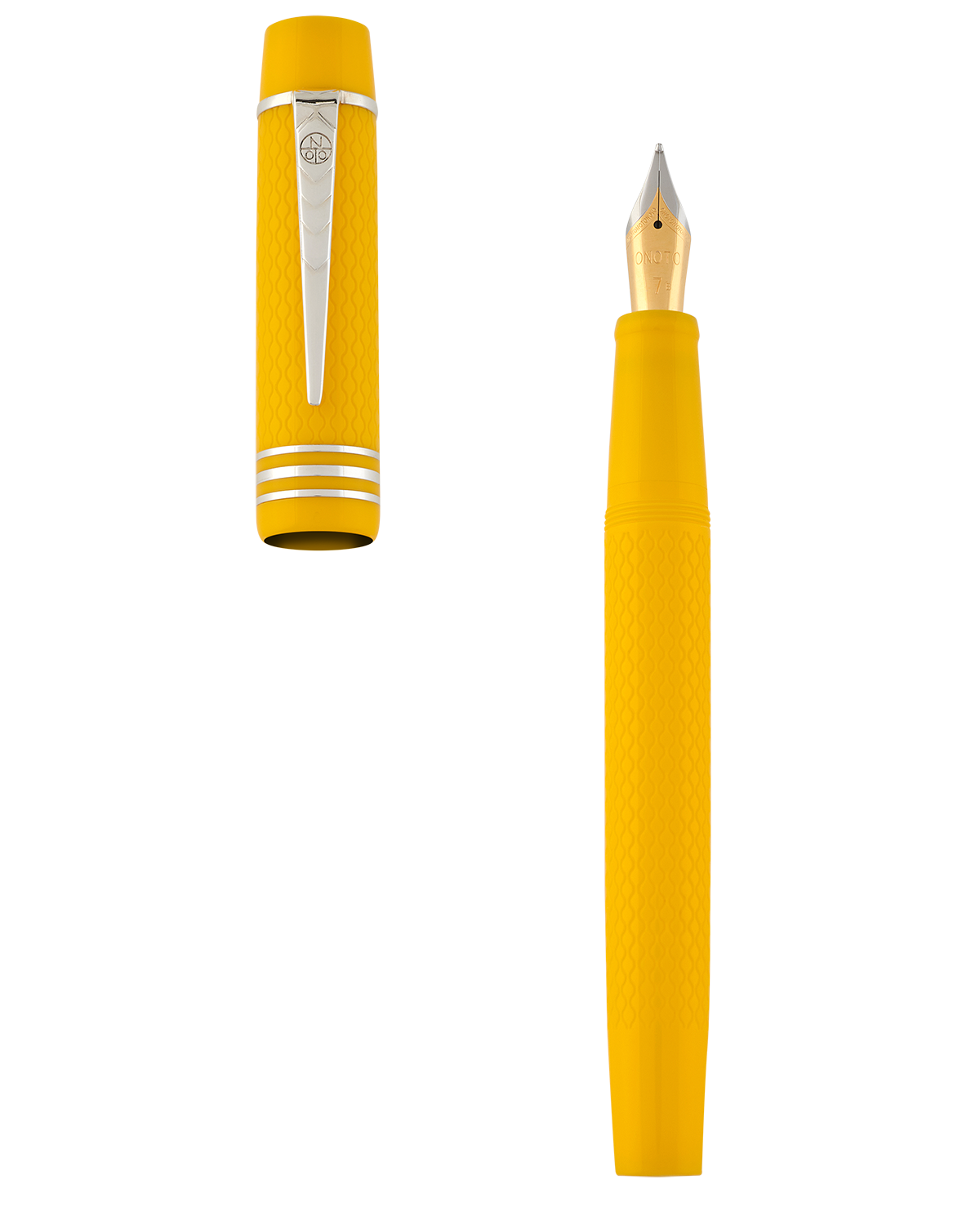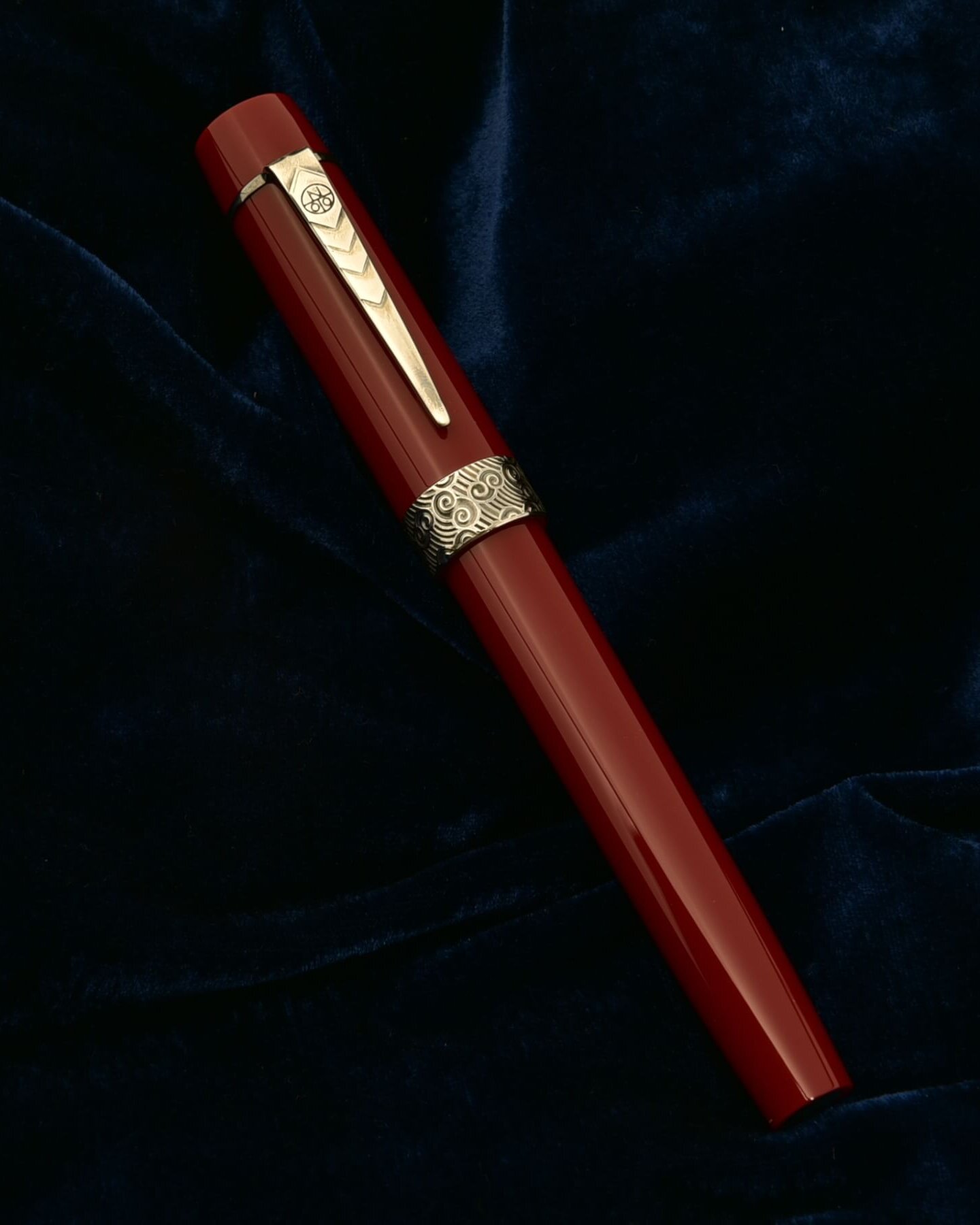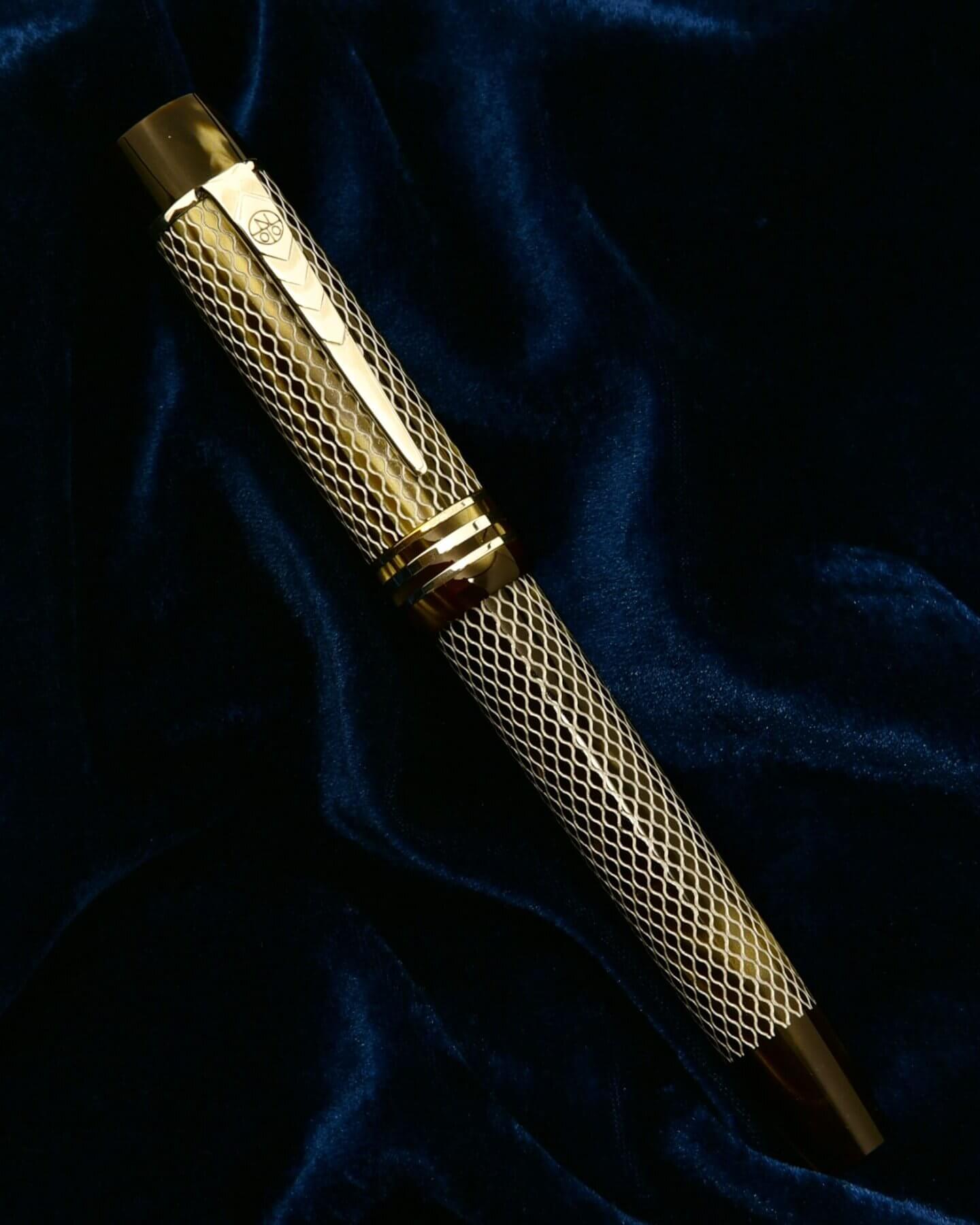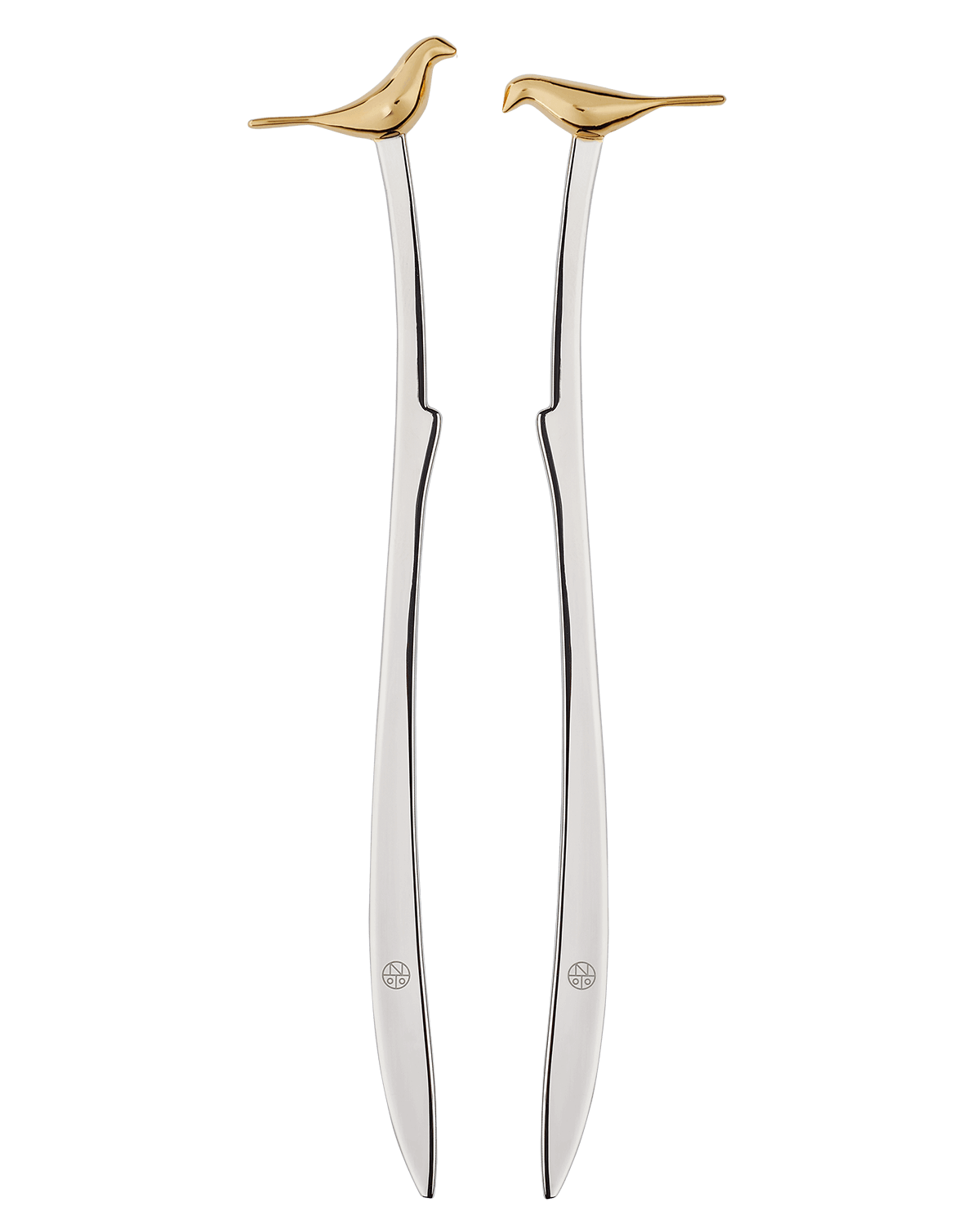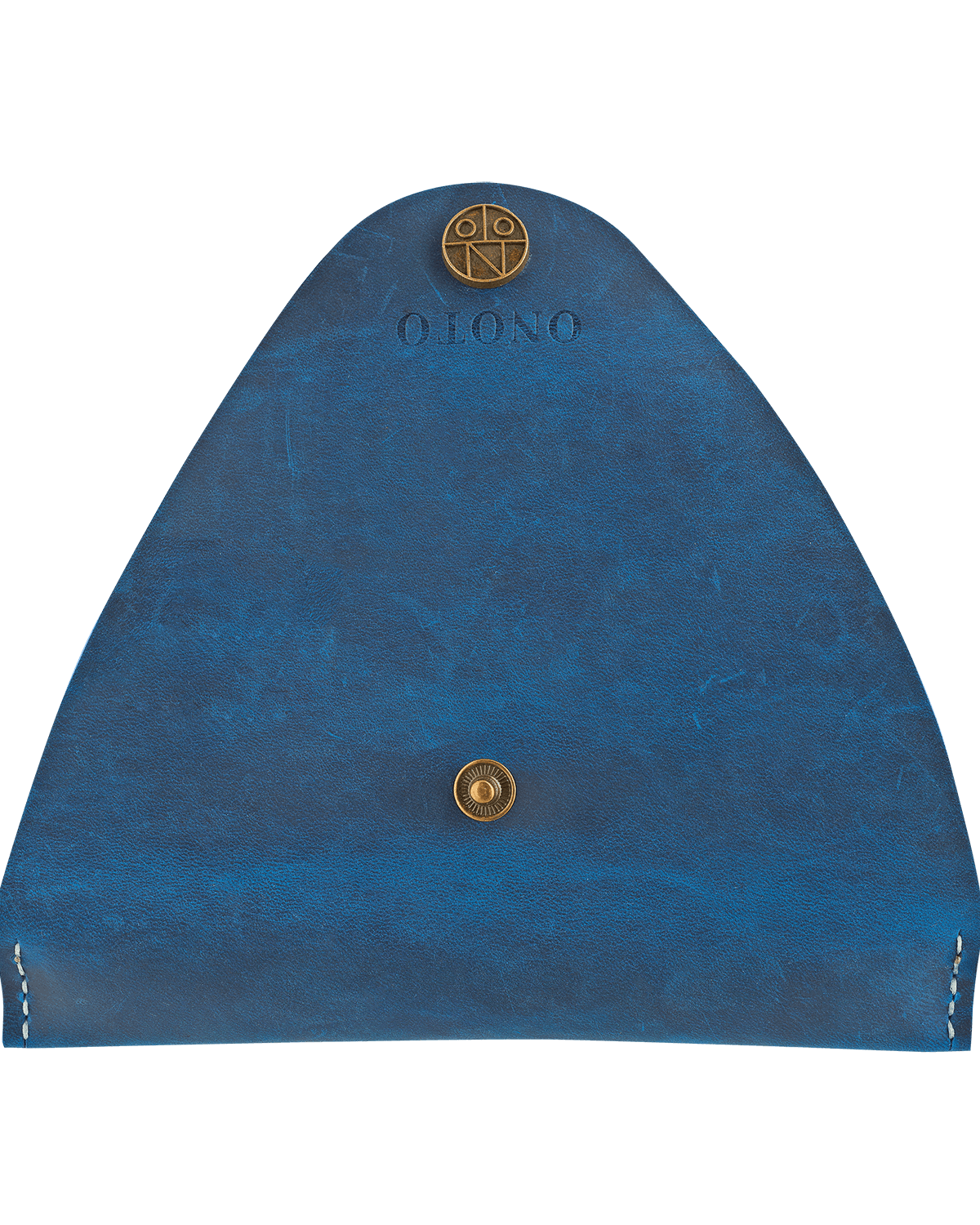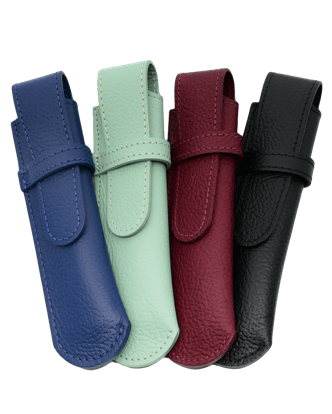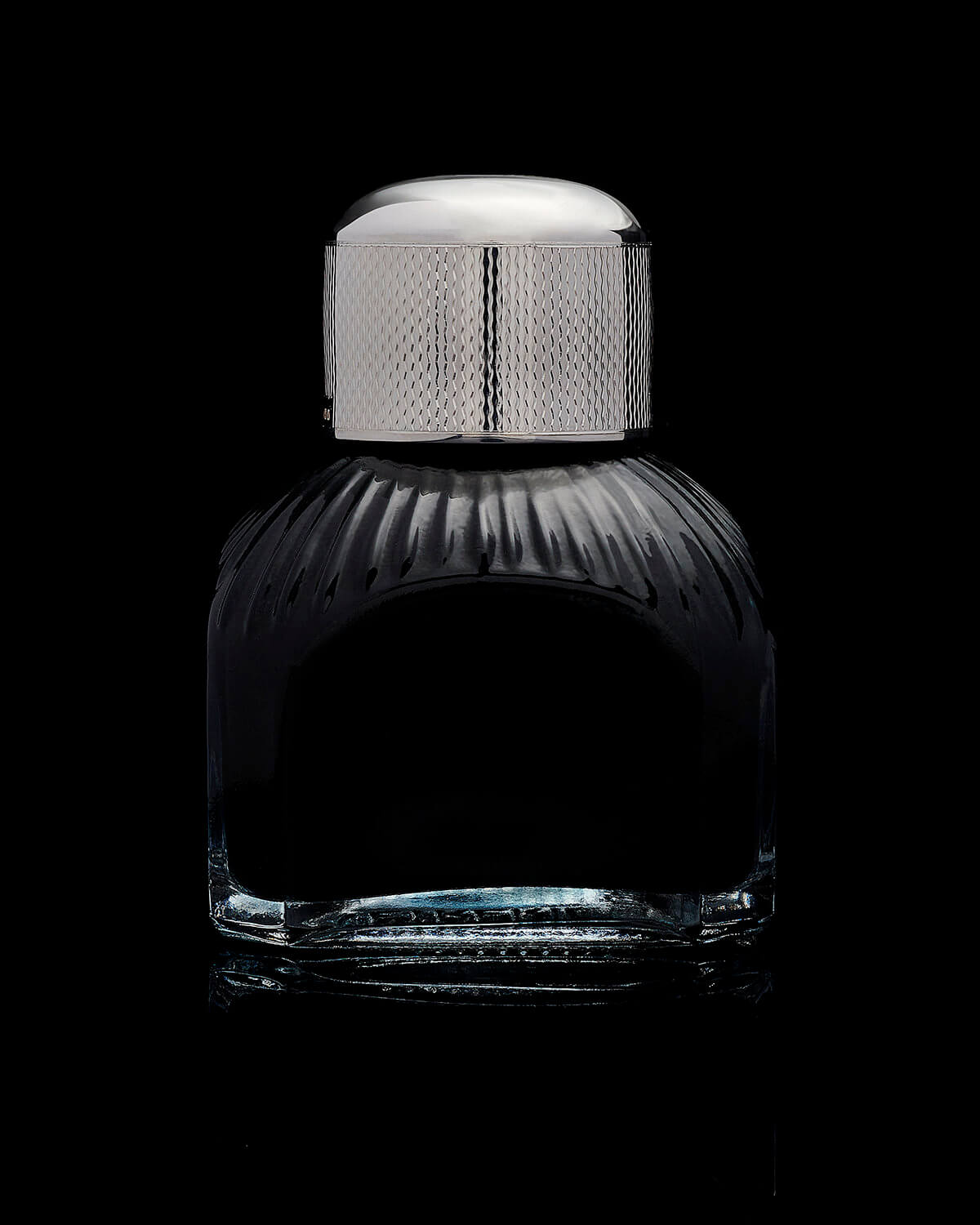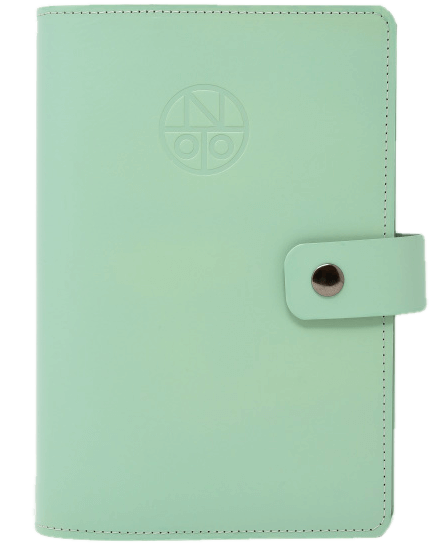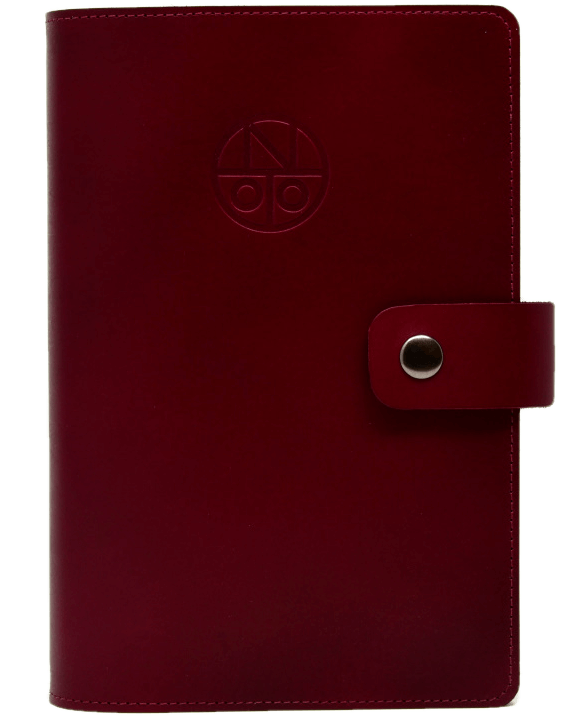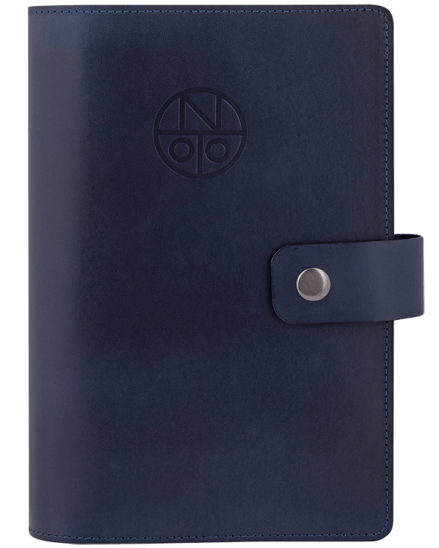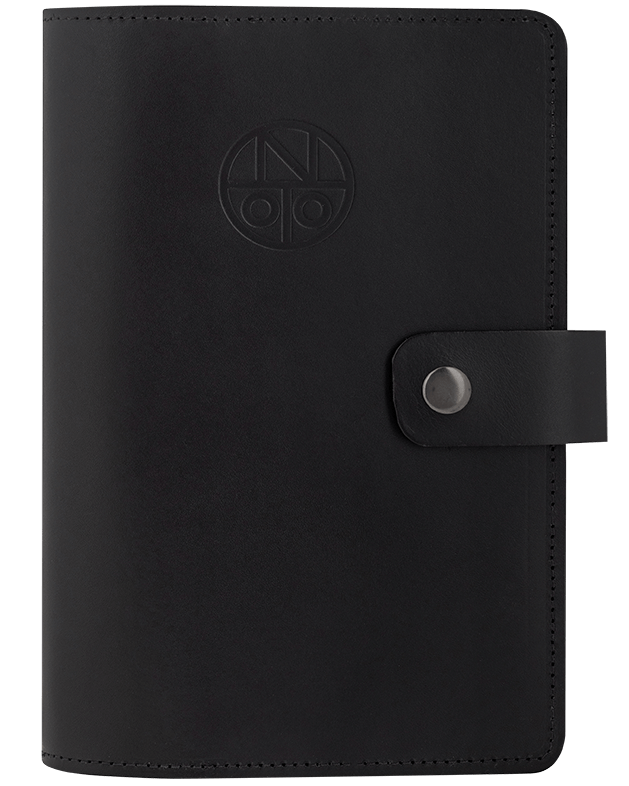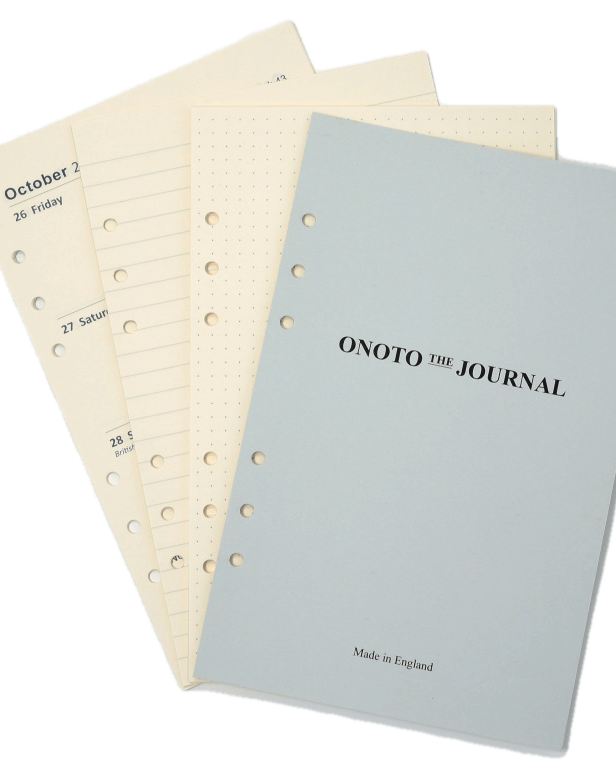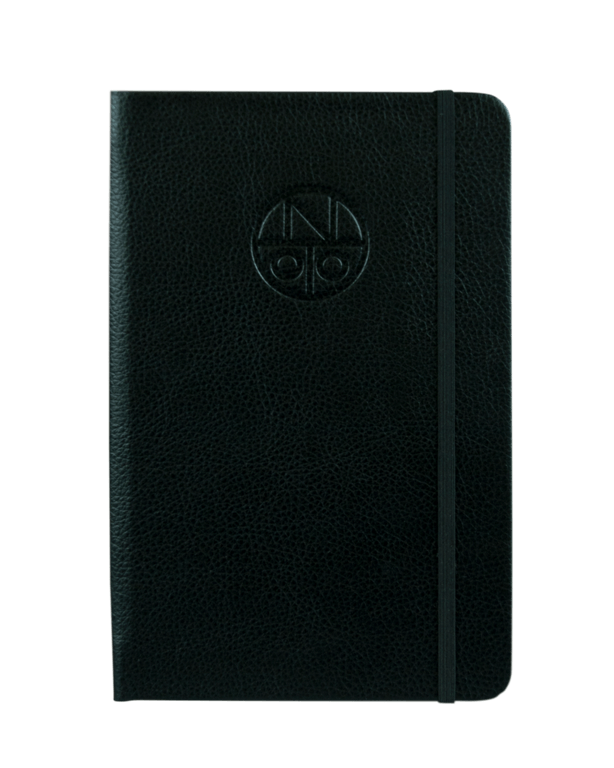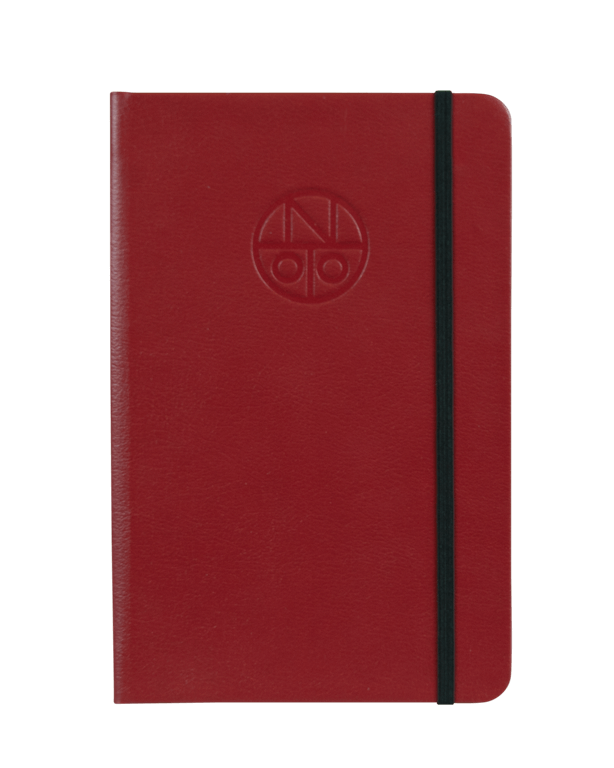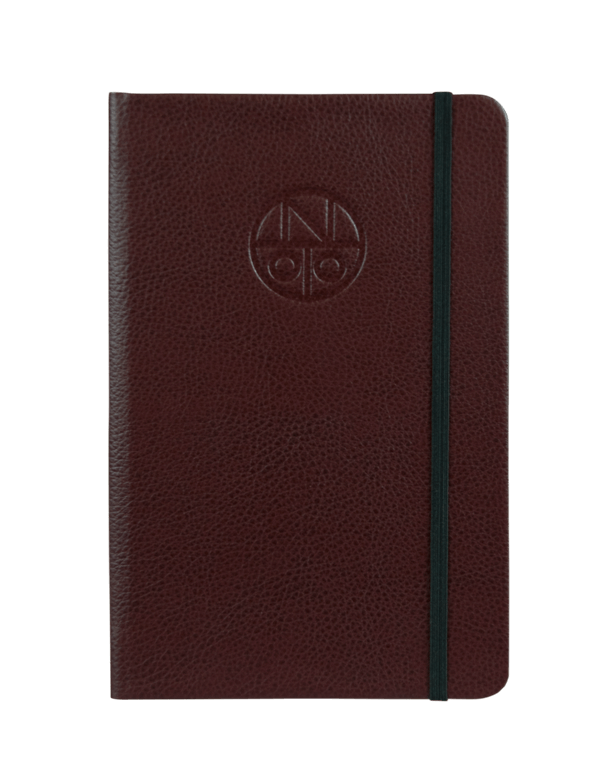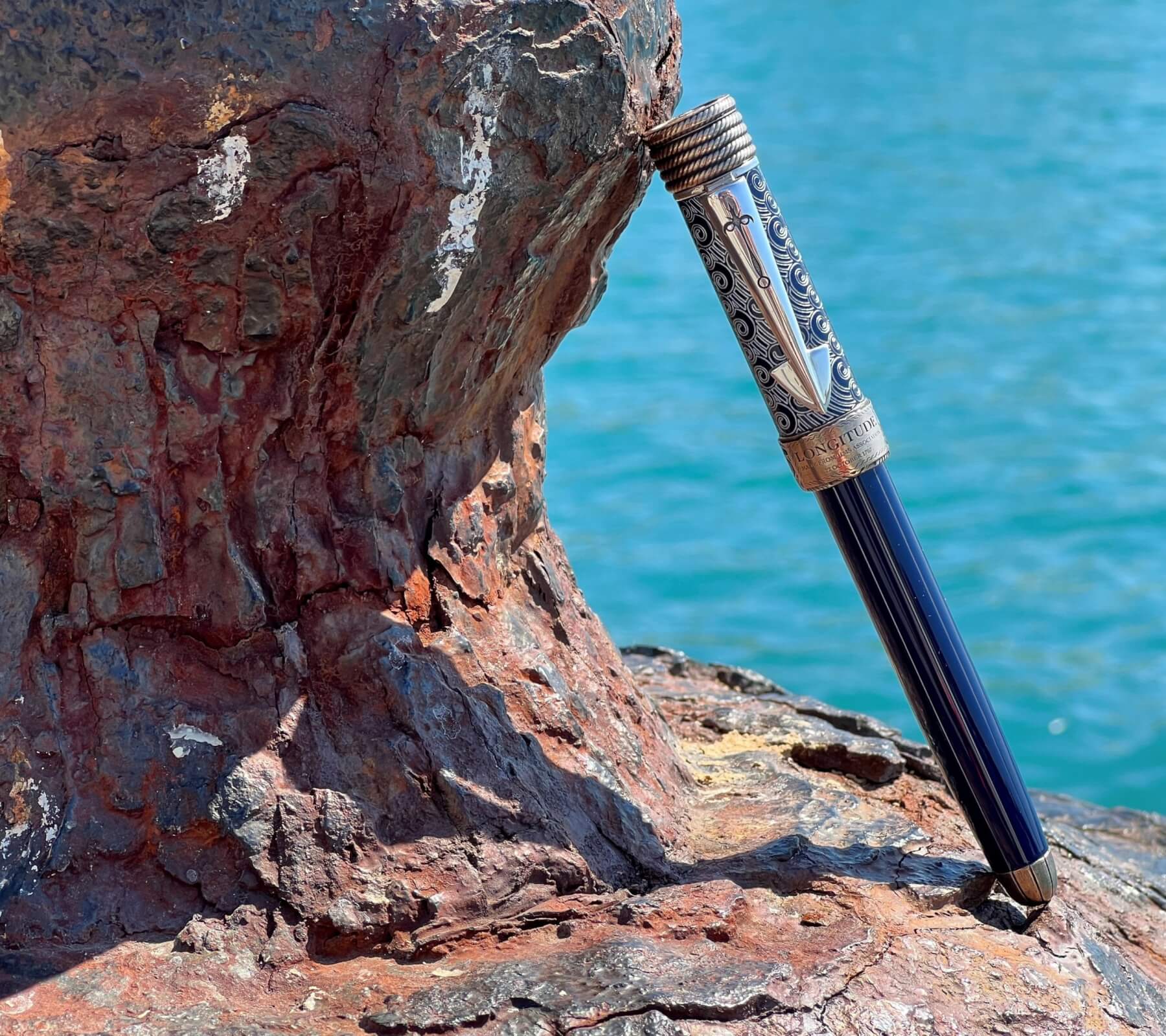
Launched January 1st 1697, Association was a second-rate ship-of-the-line, a powerful three decked vessel carrying 90 guns. Weighing 1,459 tons, Association measured 165 feet in length and 45 feet across the beam, had a hold area of more than eighteen feet in height and could accommodate a crew of up to 800 officers and men.
By the summer of 1707 Association had become the flagship of Sir Cloudesley Shovell, Commander in Chief, Rear Admiral of England and Admiral of the White.
Born in 1650 at Cockthorpe in Norfolk, Sir Cloudesley Shovell worked his way from cabin boy at age 13 to become Admiral of the Fleet in 1705, and at the time of his death in 1707 was the second most powerful man in the Royal Navy. Immensely respected and successful in battle, although little known now, in his day Admiral Shovell was as famous as Lord Nelson of Trafalgar one hundred years later.
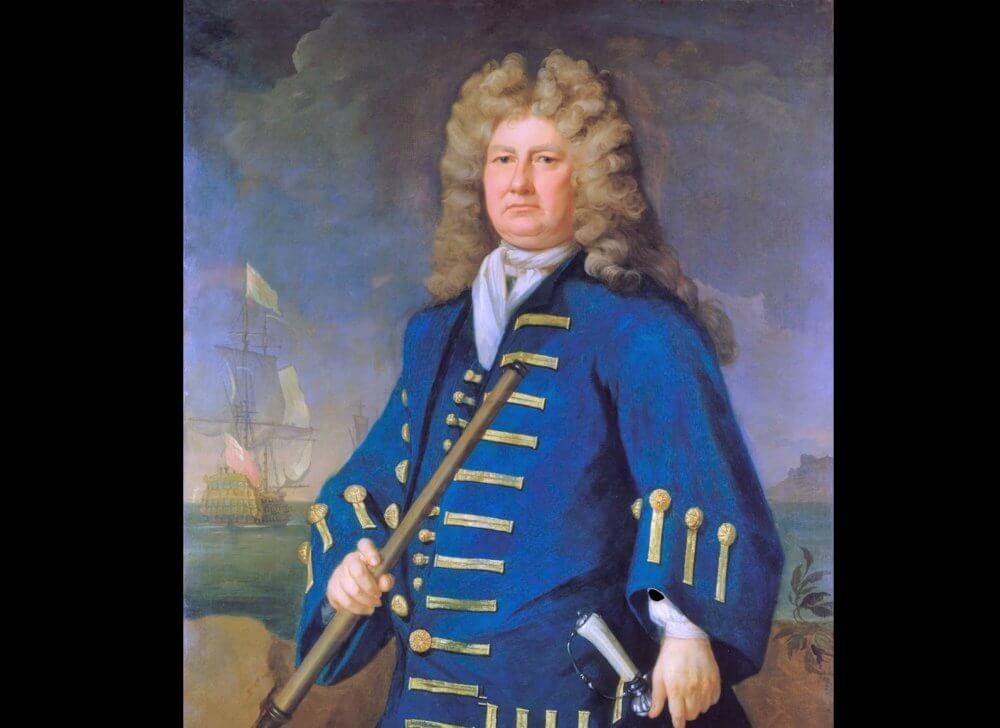
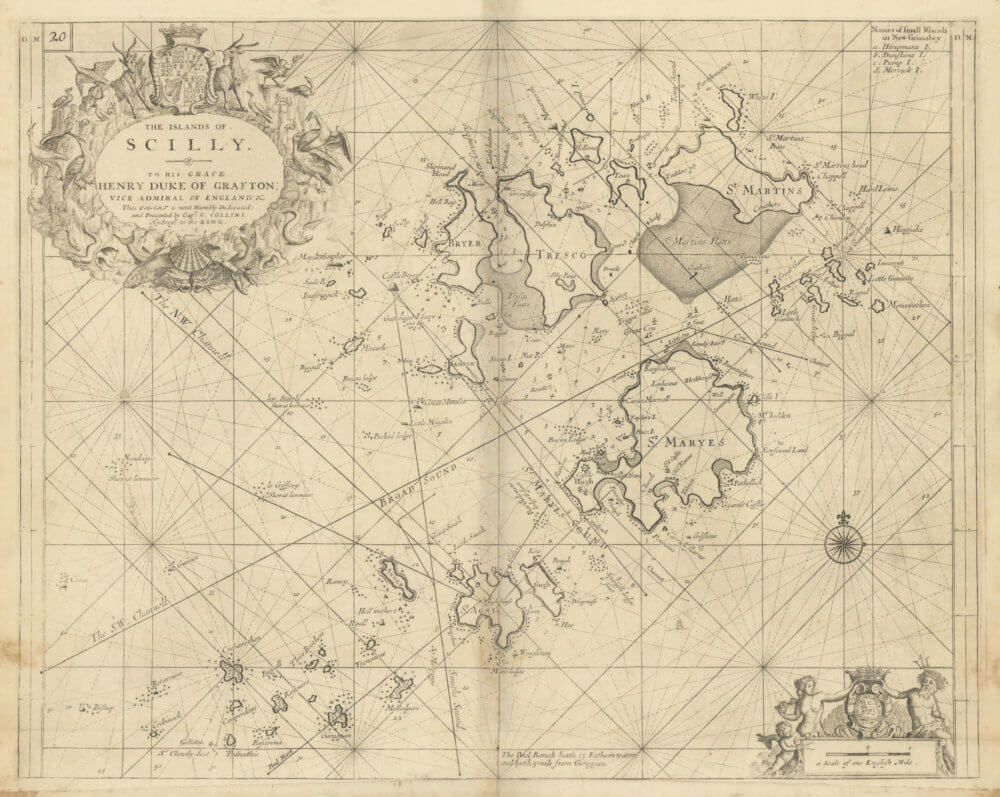
While returning to its base in Portsmouth from Cape Spartel, Gibraltar, Shovell’s fleet sailed into tragedy when, on October 22nd 1707, incorrect reckoning of their longitude – east-west position – sent four of its vessels crashing onto the rocks of the Gilstone Ledges off the Scilly Isles in the dark of night. The time was 8pm, and by 8.04 the Association – Shovell’s 90-gun flagship, and the second largest vessel in the 21-strong fleet under his command – had sunk with the loss of all 700 or more crew. Three more ships swiftly followed to leave a total of 1,450 sailors drowned.
On this old sea chart of the Scillies dating to 1723 the Gilstone is in the bottom left corner (spelt Gillston) and nearby the comment ‘Sr Clously lost’.
As one of the worst disasters in British maritime history, it proved to be the catalyst that prompted Parliament to introduce the Longitude Act of 1714, establishing the Board of Longitude and offering a substantial monetary prize of £20,000 (£4m today) to anyone who could find a simple and practicable method for the precise determination of longitude at sea.
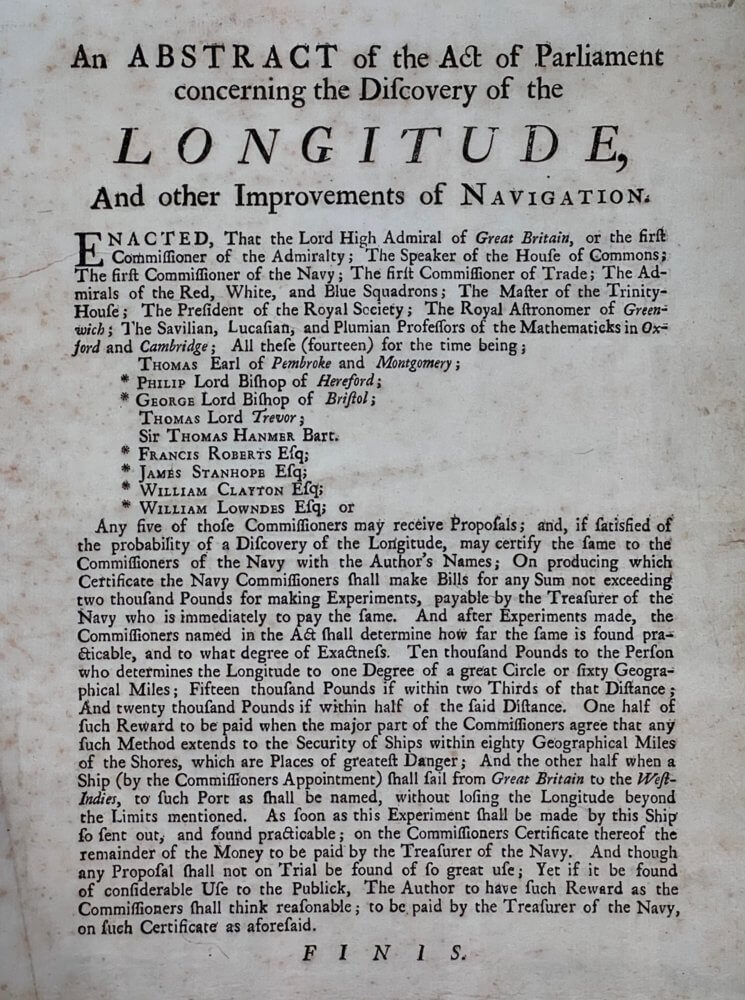

Many tried, but it was John Harrison’s chronometers permitting accurate timekeeping at sea that won the prize – meaning that knowing the time at a given land spot and the time at sea, ships could establish with reasonable accuracy their longitude, their east-west position. It’s impossible to estimate the number of seafaring lives that would have been saved over the years in consequence.
Harrison knew the earth rotates 15 degrees every hour, and if one knows the accurate time aboard ship longitude can be calculated. But no such clock then existed that could withstand a ship’s movement, humidity and temperature changes. He started work in 1730 and five years later Harrison’s first sea clock, ‘H1’, was up and running.
The Board of Longitude considered it to be the first proposal actually worthy of a sea trial, sending it, and Harrison, on a return voyage to Lisbon, during which it performed well, enabling Harrison to accurately predict landfall – whereas calculations by the ship’s master were off by 60 miles.

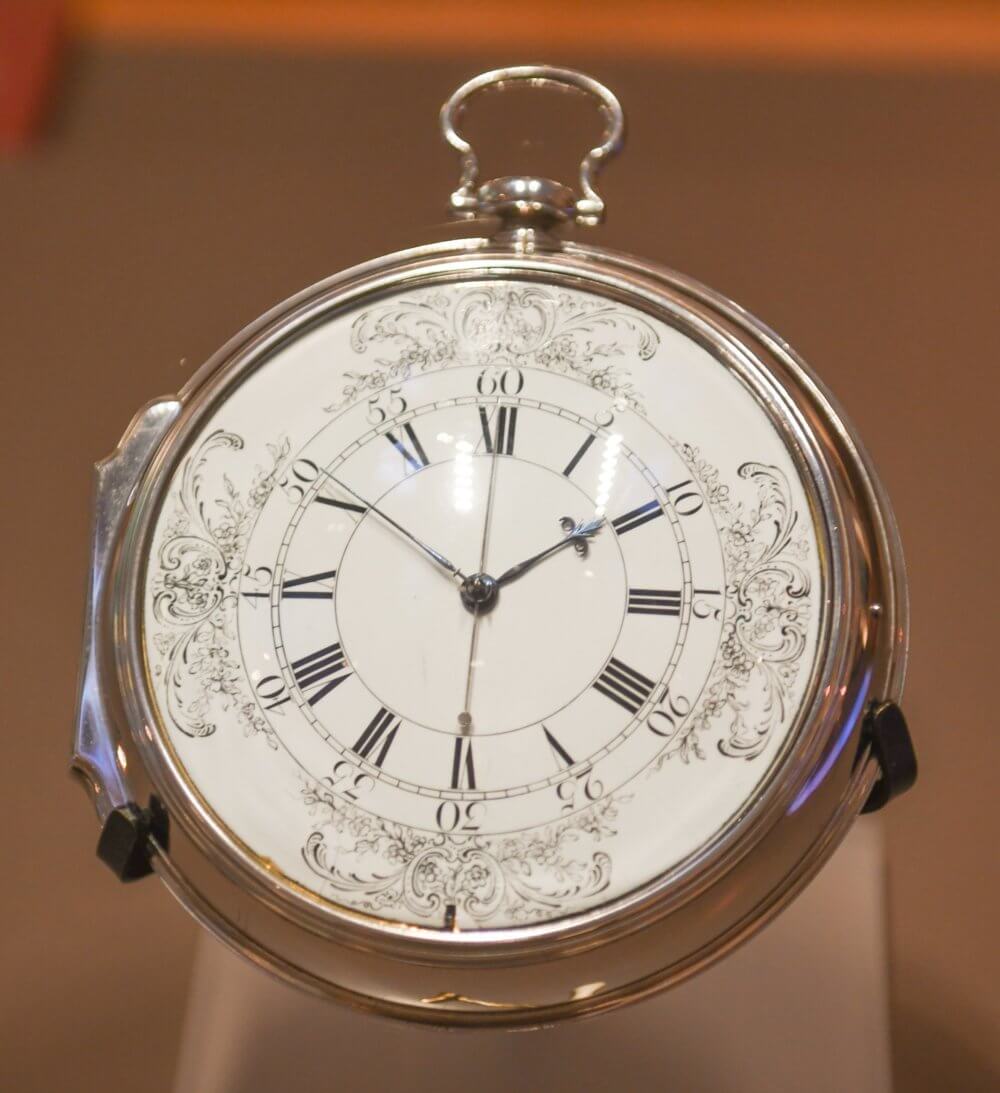
But although successful ‘H1’ was too large and unwieldy to be practical at sea, and the Board of Longitude weren’t happy. After two more clocks of similar proportion, Harrison started afresh with the idea of designing a ‘sea watch’, and the result was completed in 1759, which came to be known as ‘H4’.
Housed in a silver case measuring a little more than five inches in diameter, and resembling an enlarged pocket watch, H4 was surely an entirely practical marine timekeeper.
After successful sea trials, eventually, following royal intervention by King George III, Harrison received his reward in 1773 – by which time he had been working on the project for 42 years and had reached the age of 80. John Harrison died just three years later.
Association carried a fortune in gold and silver, as well as cannons etc, and several salvage attempts were made soon after her foundering, with some success. Eventually, though, except for legends passed down, the admiral’s flagship was largely forgotten about – until in 1967 a Royal Navy diving team rediscovery the wreck site, their efforts supported by Royal Navy minesweeper RNXS Puttenham.
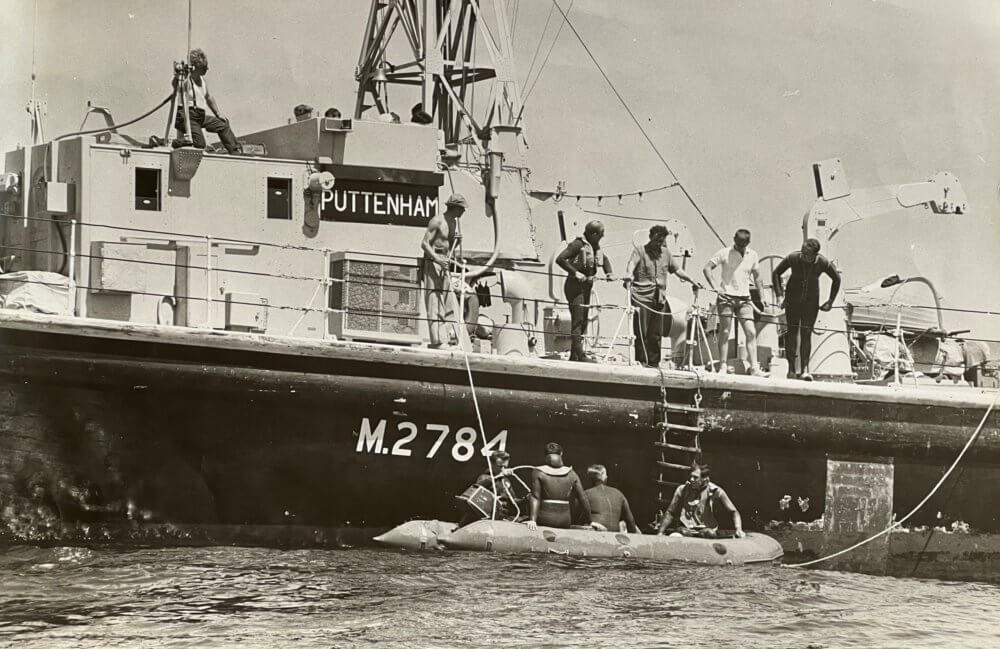
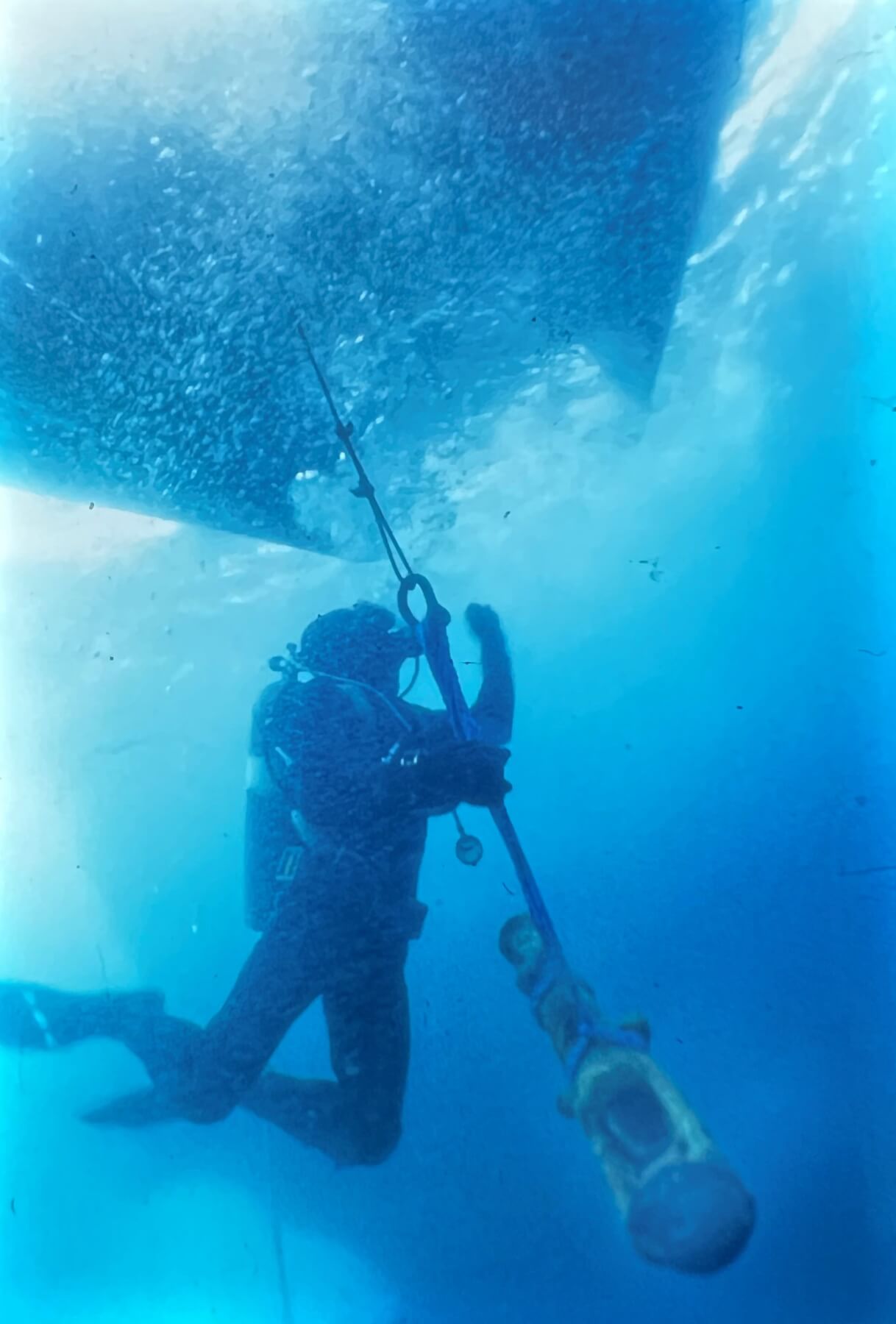
Soon bronze cannons were discovered, surviving remarkably well on the sea bed for two and a half centuries. Here a small breech loading swivel gun heads from the depths to the surface.
Much more dramatically several huge 3-ton, lavishly cast, bronze cannons were recovered too – intriguingly of French origin, not English. The mystery of how such cannons were aboard Association was solved when one was found marked ‘VIGO’. Association, and Admiral Shovell, had been at the Battle of Vigo Bay in 1702, when many French warships had been sunk or captured, these guns clearly being ‘booty’.
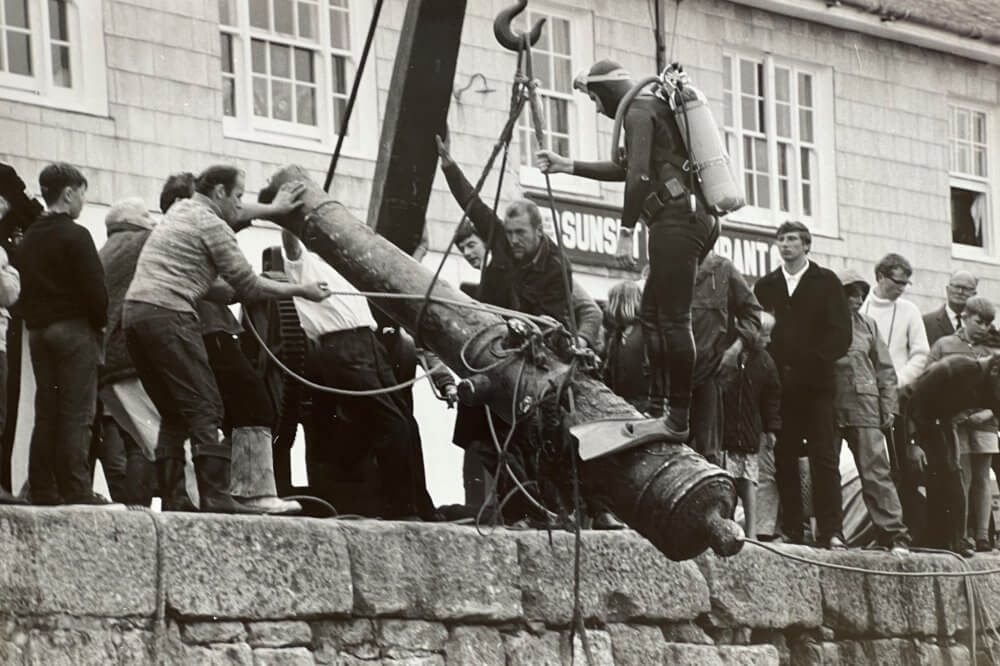
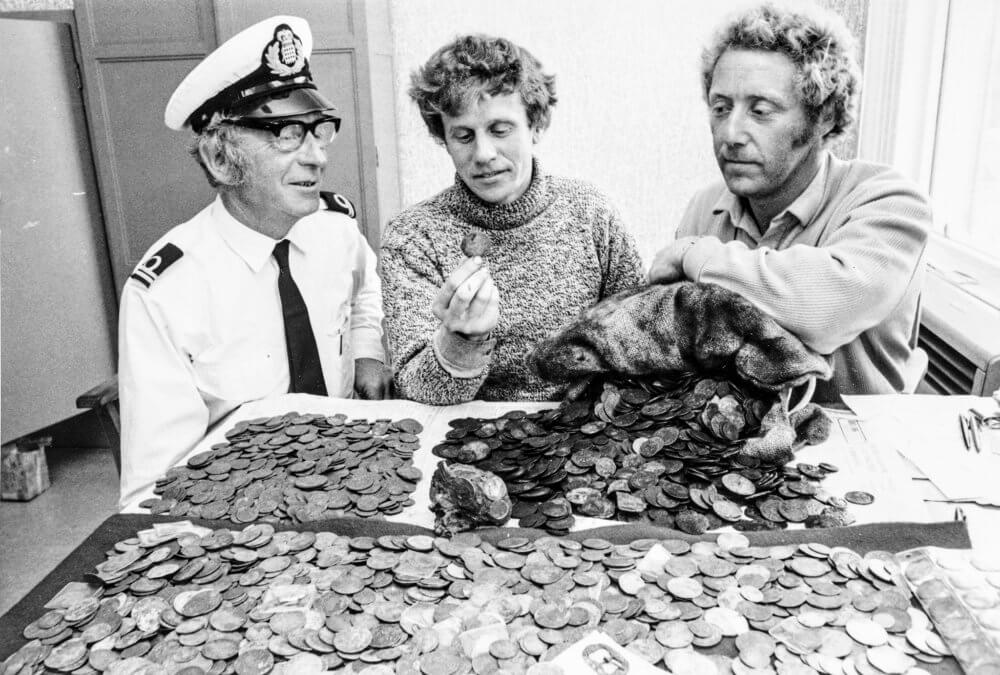
Thousands of coins were found at Association’s wreck site, mainly silver but also many of gold. Jim Heslin and Terry Hiron, two long-term divers of the wreck, admire some of the cache of 8,000 recovered from beneath a cannon in 1971, likely the contents of a chest.
Of the many silver coins found at the Association site most were British from the late 1600’s. But the discovery of Spanish 8 reales – fabled pirate-lore ‘pieces of eight’ – brought much excitement! Intriguing coins, no two are alike, being produced in vast numbers using silver from South American mines, where they were crudely stamped onto planchets chiselled from bars. Forerunner of the US dollar, the piece of eight was of high silver purity and in those days very much international currency, accepted anywhere.
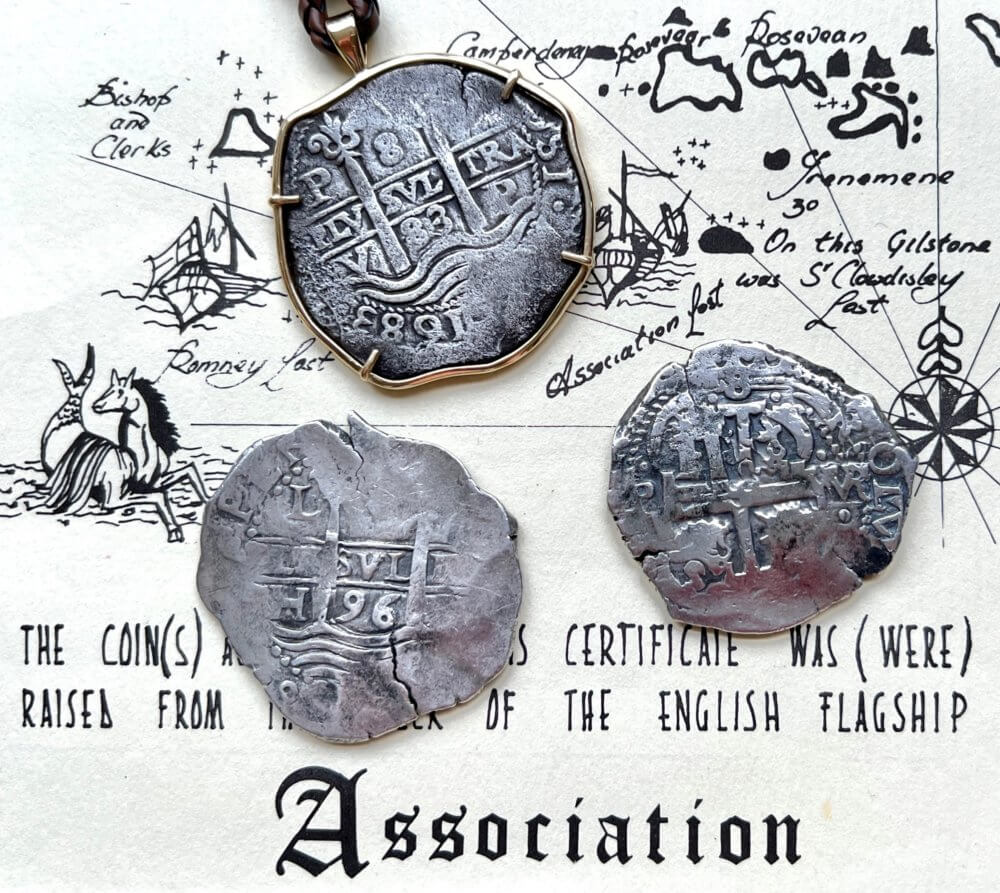
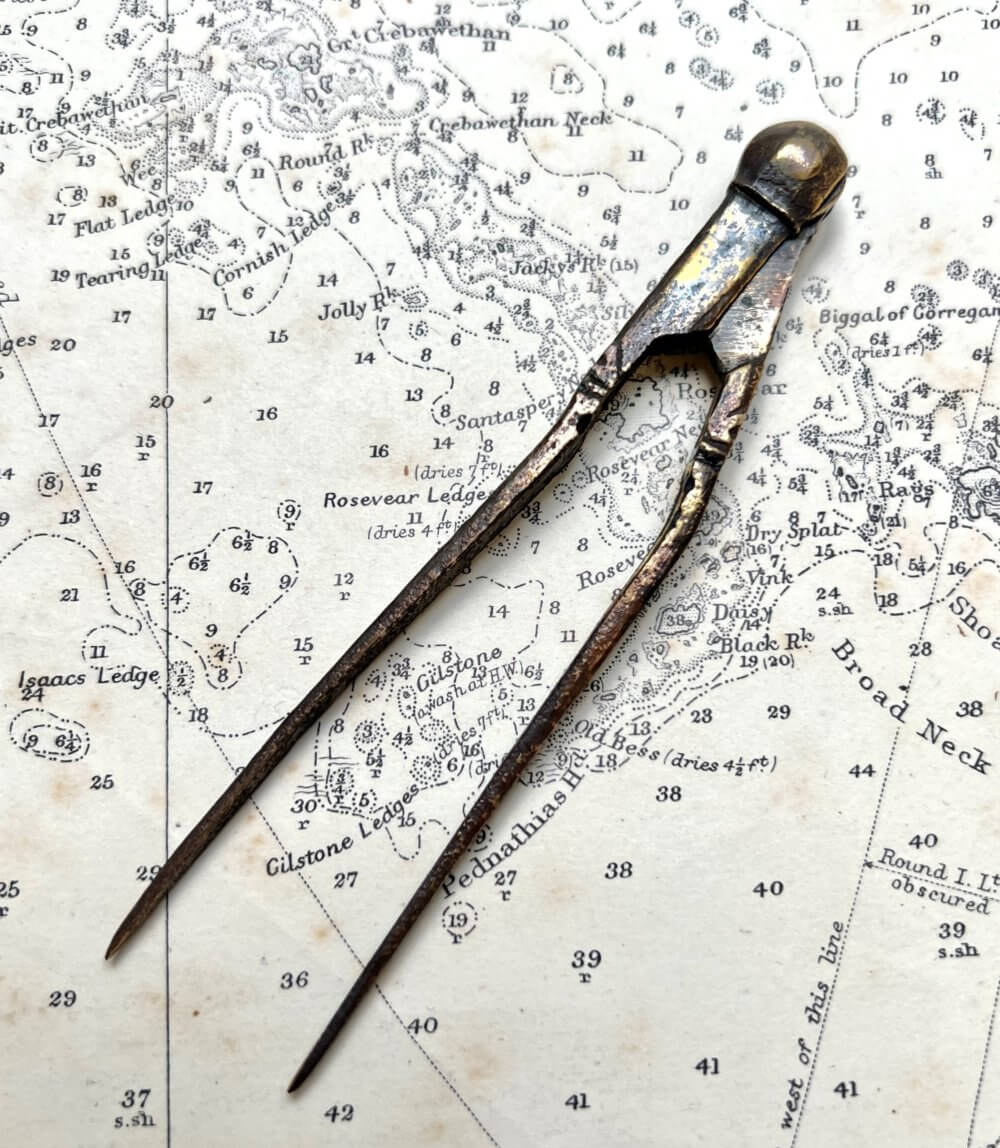
A pair of simple brass dividers recovered from Association are a poignant object, given their purpose and back story. Perhaps belonging to the ship’s sailing master, or navigator, they may have been used on the final day to help plot, erroneously, the Association’s position.
Initially the fact that French cannons were found brought confusion as to the ship’s nationality, but many broad-arrow marked ship’s fittings strongly suggested it was British. Although it was likely Association, the salvors, who had agreements with the Government, needed to know it was indeed Association. Proof positive came when this silver plate was found, which definitely belonged to Sir Cloudesley Shovell, as it bore his personal crest.


Artefacts including ornate cannon, ship’s fittings, personal items and many thousands of gold and silver coins were recovered from the wreck, most of which were subsequently sold at auctions in London and the west country. It is their existence that has enabled the remarkable and important story of the Association and the events of that fateful October night to be remembered forever in this highly collectable series of 300 Onoto-TMB Art Metal ‘Longitude’ fountain pens.
Some years ago, Christopher Bennett of TMB, who has been fascinated by the Association since a teenager, obtained a couple of huge 30kg bronze pulley sheaves from the wreck, which were used at the ‘cathead’ with the anchors.
In this image of a ship of around 1830 the anchor is suspended beneath the cathead by a heavy sheave or pulley block. This anchor, of similar size to Association’s, is attached to a chain, whereas in 1707 it was a thick rope, or cable. The cathead is a strong timber of square section projecting from the ship’s bow, termed ‘cathead’ for reasons now forgotten. As the massive anchor slowly rose from the depths and approached the ship’s hull, there was a danger the pointed flukes could damage the wooden ship’s side, especially in rough seas, thus the anchor is held away by the cathead. A series of cables and sheaves were attached to the end of the cathead, and as the anchor emerged vertically from the sea a cable was hooked along the shank raising it horizontally and securing it along the ship’s side, in a process termed ‘fishing and catting’.

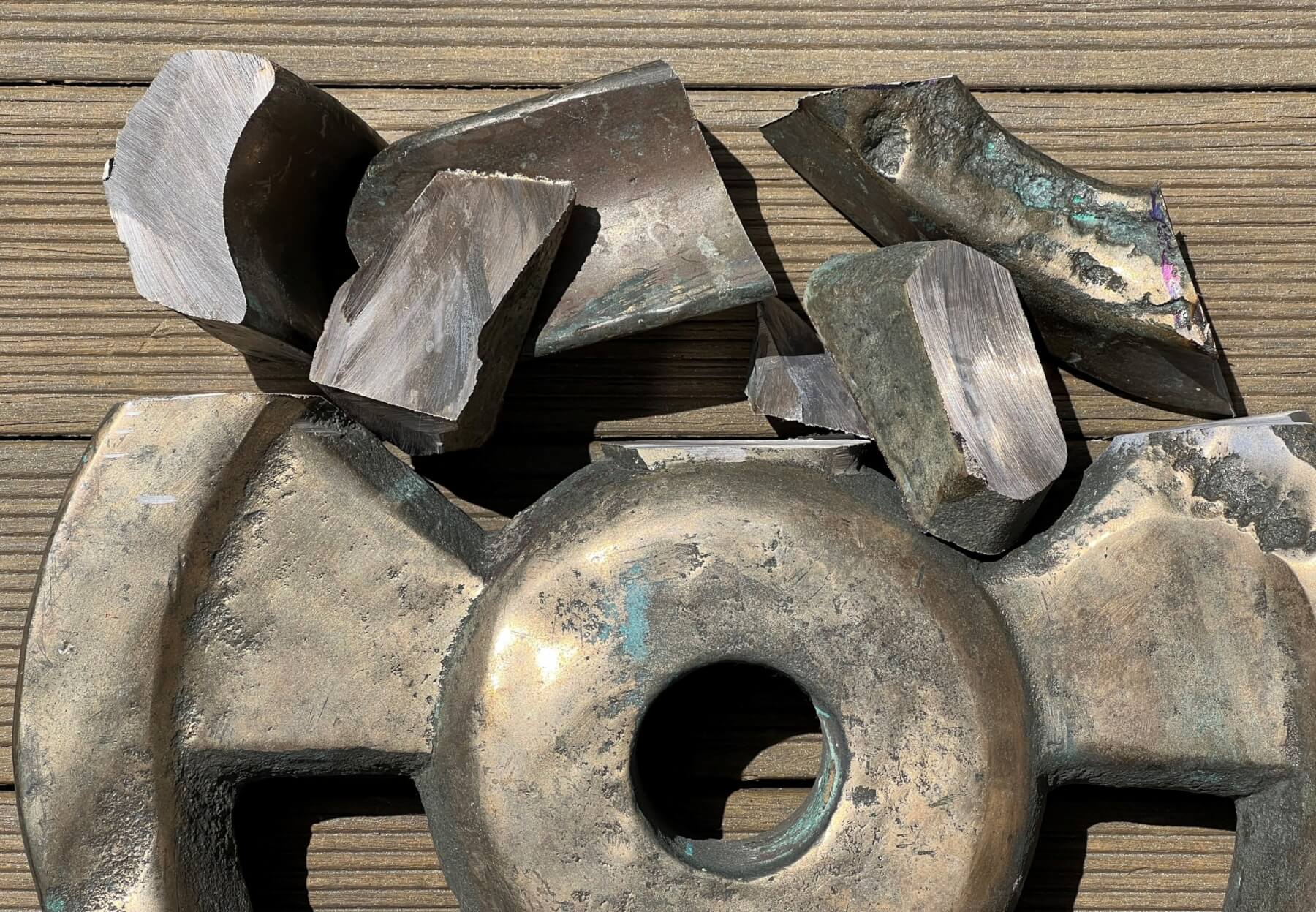
Of the two cathead sheaves Chris obtained one was in lesser condition and he decided to ‘sacrifice’ it to enable the creation of the Longitude edition of pens. The Longitude Pen’s tassie, cap band and domed barrel end are of this circa 1690’s ex-Association cathead bronze – but before anything could be cast the pulley needed to be cut into pieces to permit sections to be used as ‘donor’ metal, re-melted and cast into components using the ages old ‘lost wax’ method of jewellery casting.
For this process every piece requires a unique wax effigy to initially be made, for which hot liquid wax is injected into a silicon mould. Later a casting compound flask will be created bearing the vacated effigy of this wax shape, into which metal can be poured.

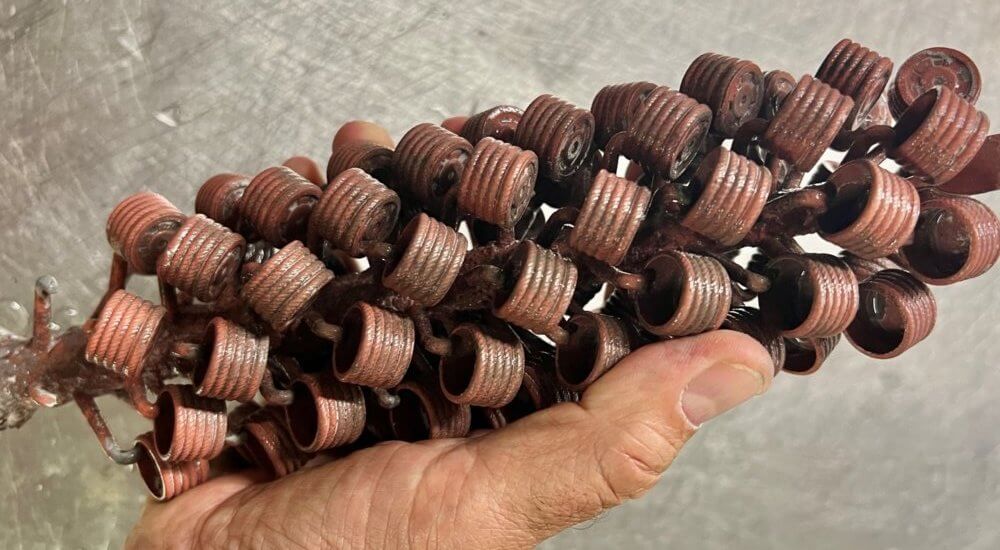
A freshly cast flask has been broken open to reveal a ‘tree’ of Longitude Pen components, these being bronze tassies, made of 1690’s bronze with an amazing and intriguing back story. The components will be carefully removed, checked for detail, and then go to the finishers.
The thousands of coins found at the Association site varied dramatically in condition. Coins concreted within the centre of ‘clumps’ were in near mint condition, as good as when lost in 1707, but others unprotected and left to react to the sea fared less well. Termed ‘slivers’ by diver Terry Hiron, these badly corroded coins were once British silver half-crowns, shillings and sixpences.
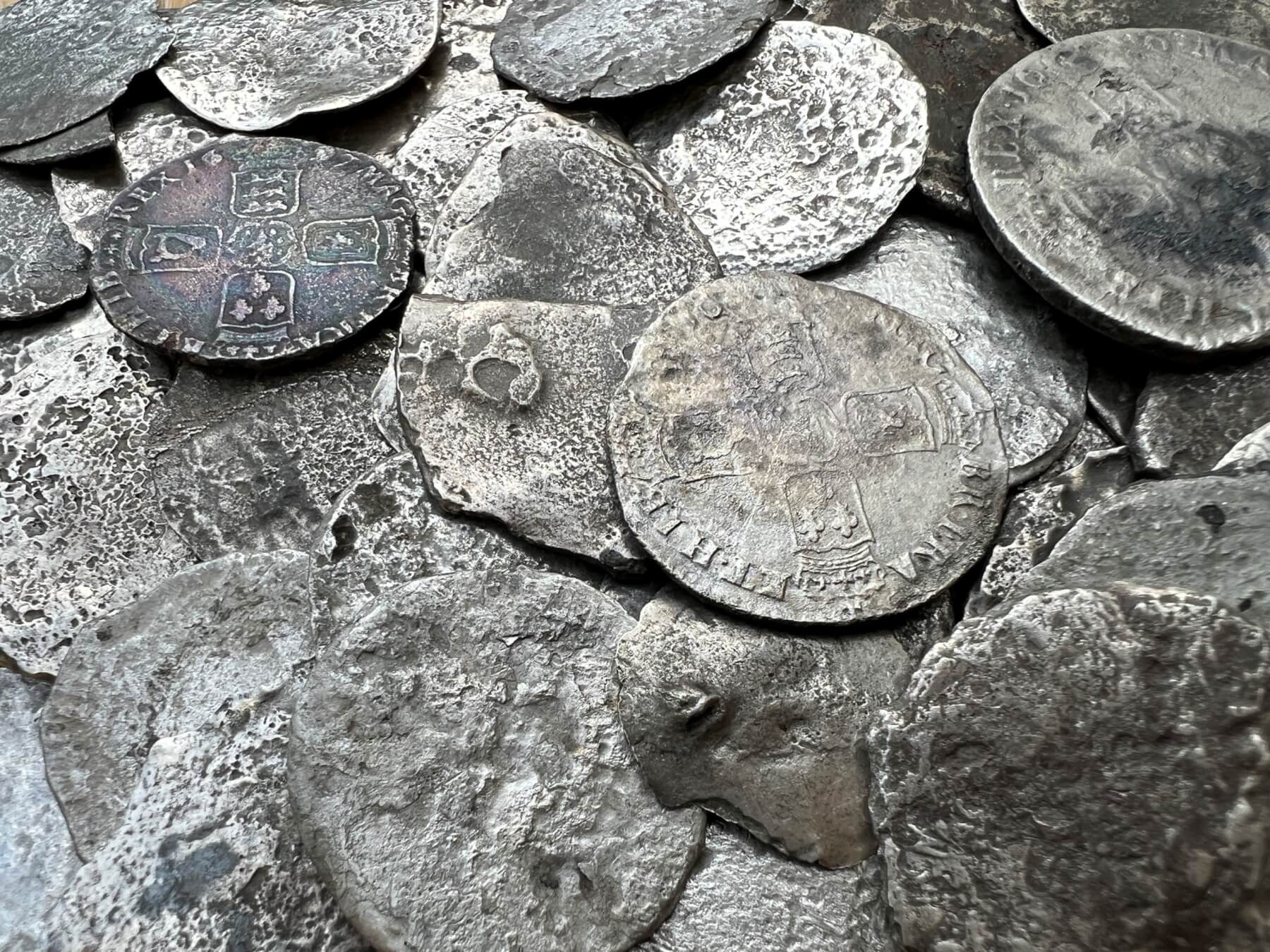
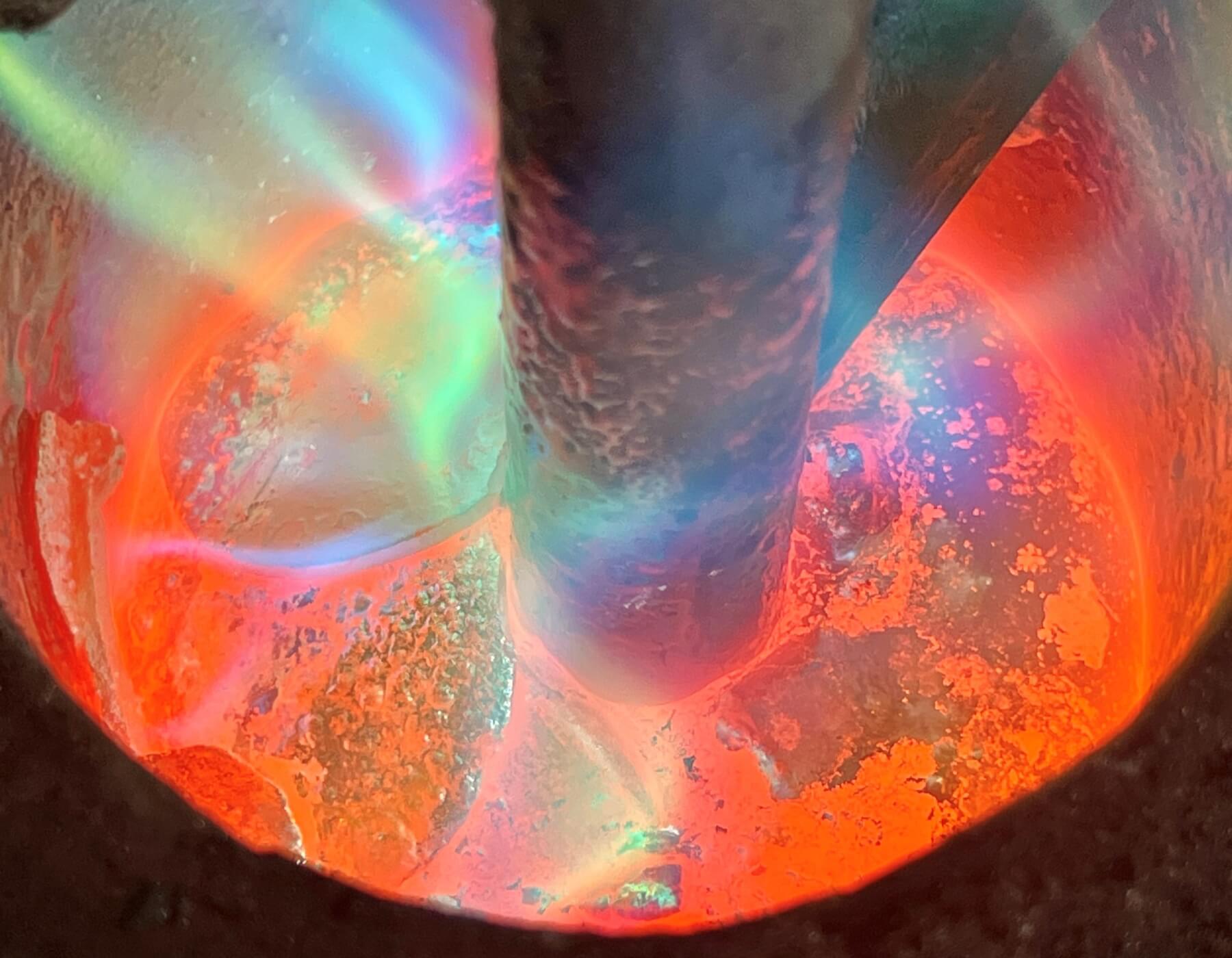
The ‘figurehead’ of the Longitude Pen is the magnificently bold clip, designed to replicate an arm and fluke from one of Association’s huge anchors.
The clips are cast of solid silver, this being a mix of 90% modern sterling silver with 10% of 1690’s ‘slivers’.

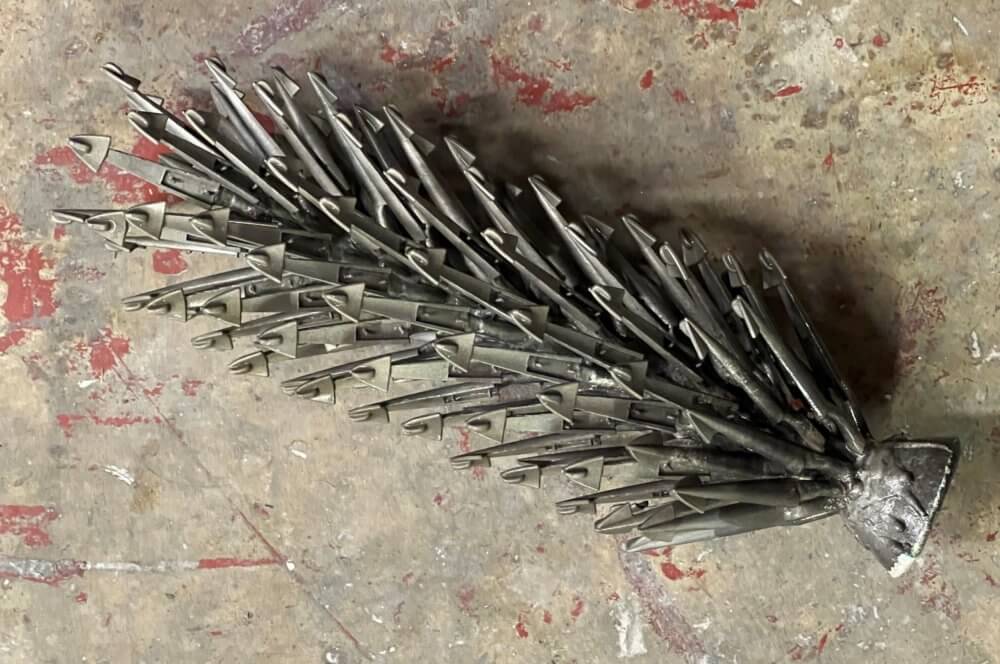
First the modern silver is melted and then the precious, historic slivers are added on top. Once heated to molten the precious mixture is carefully poured into the casting flask which, when cooled, is broken open to reveal a ‘tree’ of anchor fluke clips.
The clips will be very carefully fettled and polished, finally to be engraved with the hour hand from John Harrison’s ‘H4’ – the first highly accurate, truly sea-going and practicable marine chronometer.
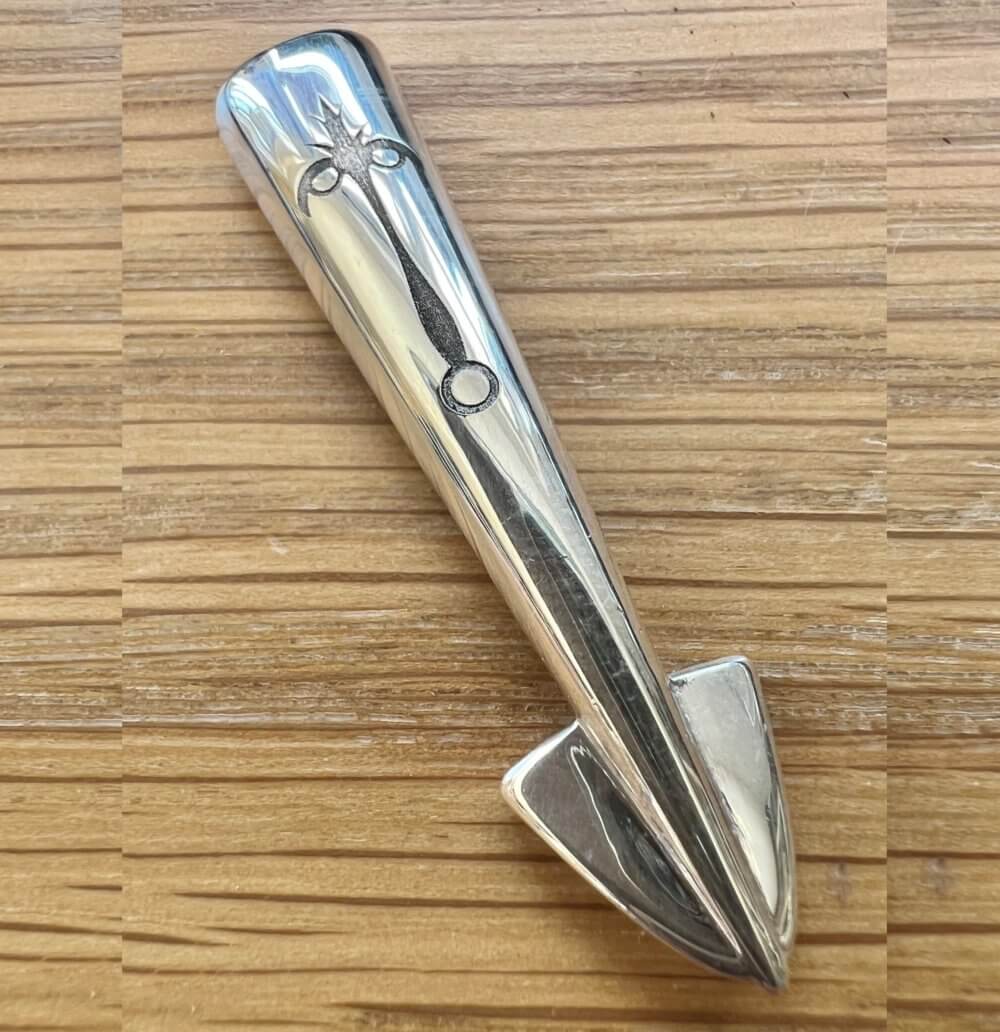
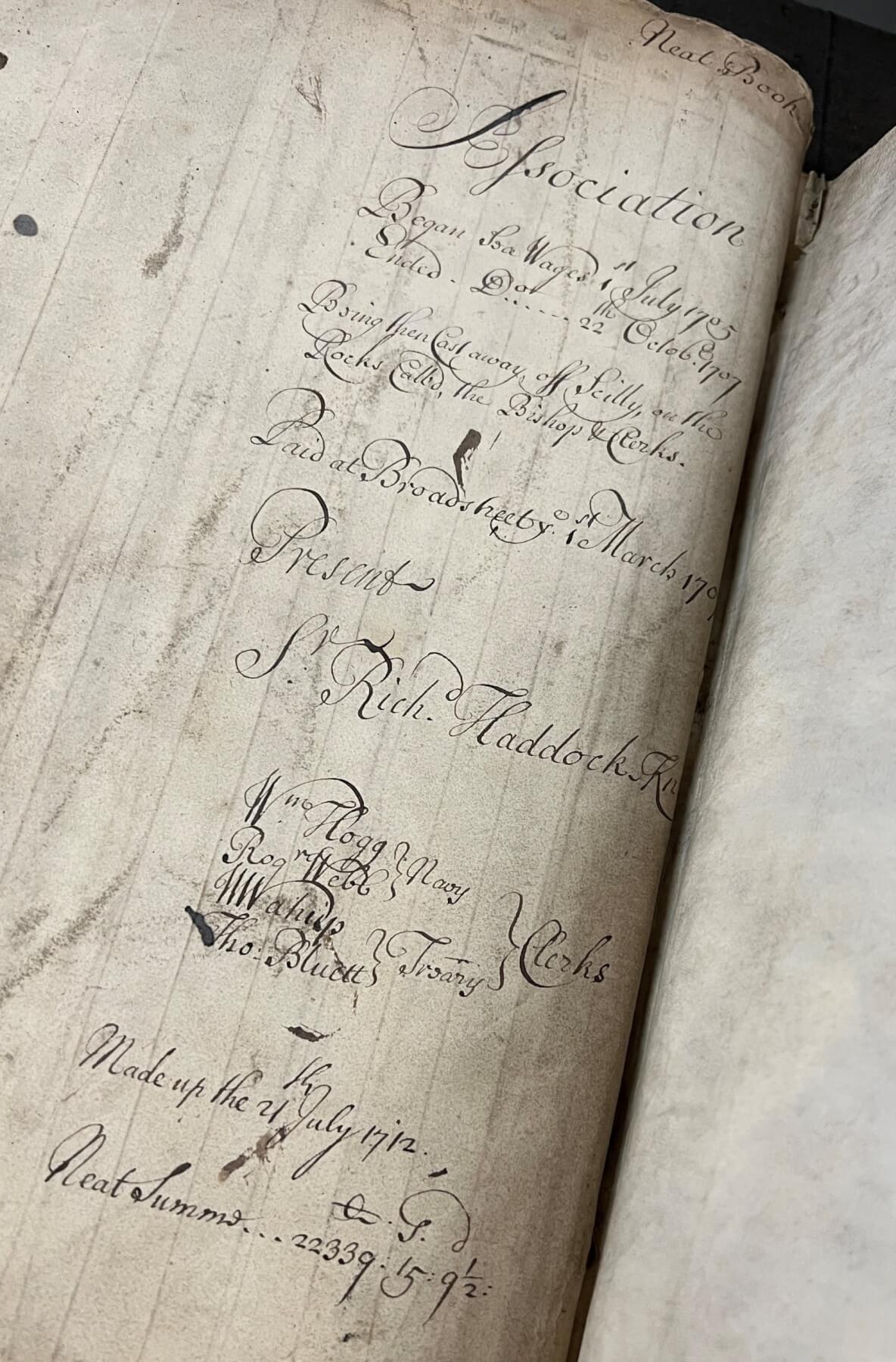
It is thought-provoking that the loss of Association and her fellow ships, the Eagle, Romney and Firebrand, led to the solving of the longitude problem – that the 1707 disaster sailors’ lives saved many times as many over the decades and centuries to come.
In tribute, within the 50-page booklet that accompanies the Longitude Pen is a list of the men referenced as being in the Association on 22nd October 1707, all of whom perished that cold and dark night. The list is extracted from the Association’s Neat Book, or pay book, held at the National Archives.
We hope that the creation of the Longitude Pen will help bring the names of these long-lost men to mind again, over 300 years later.
